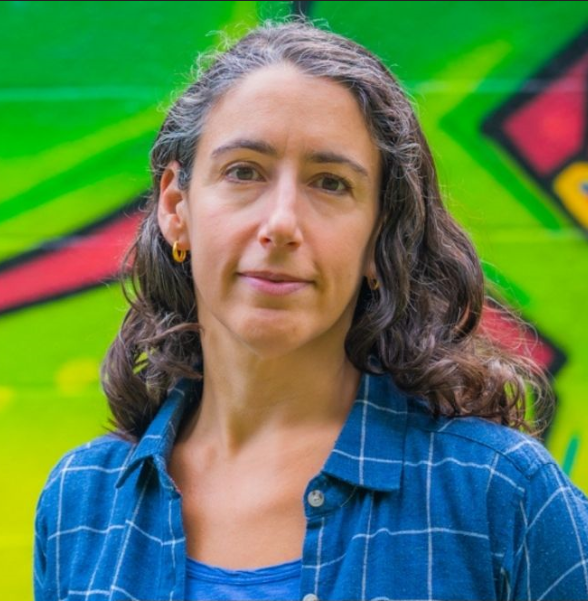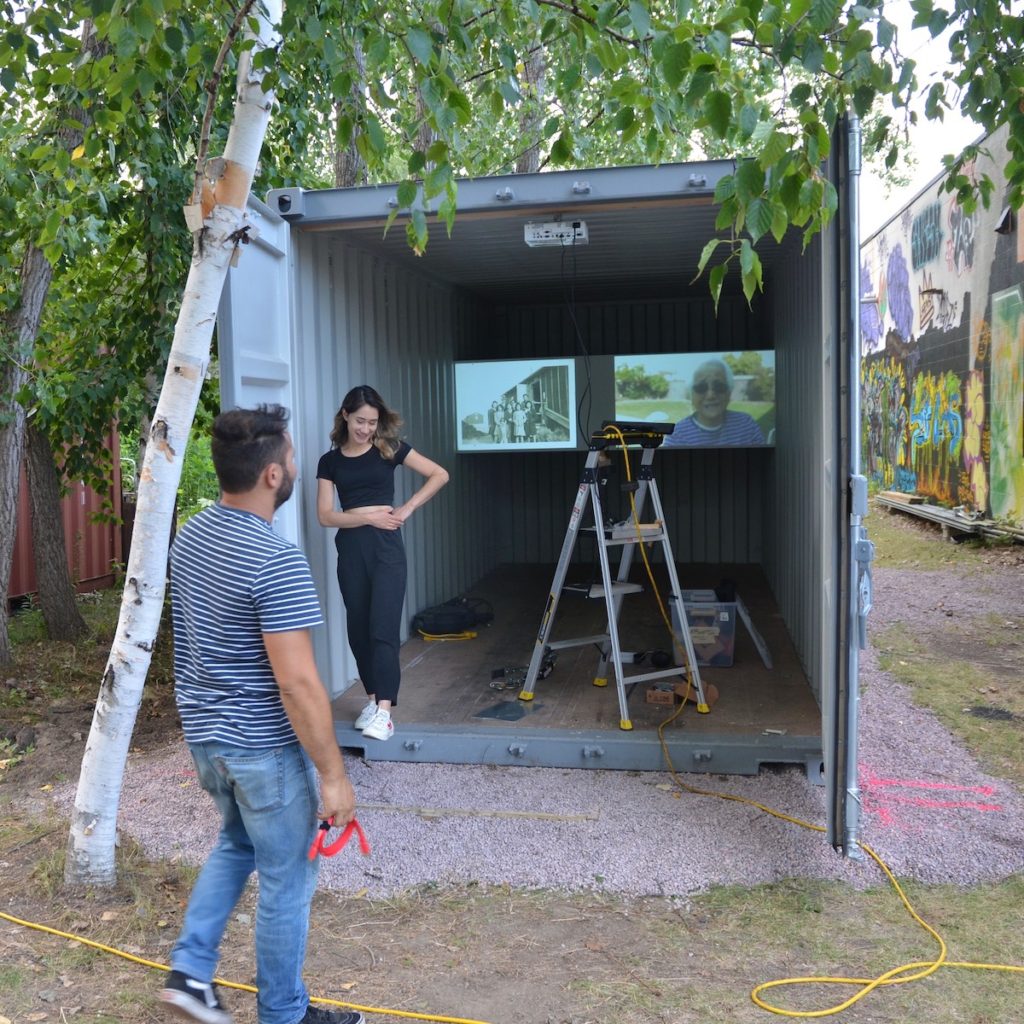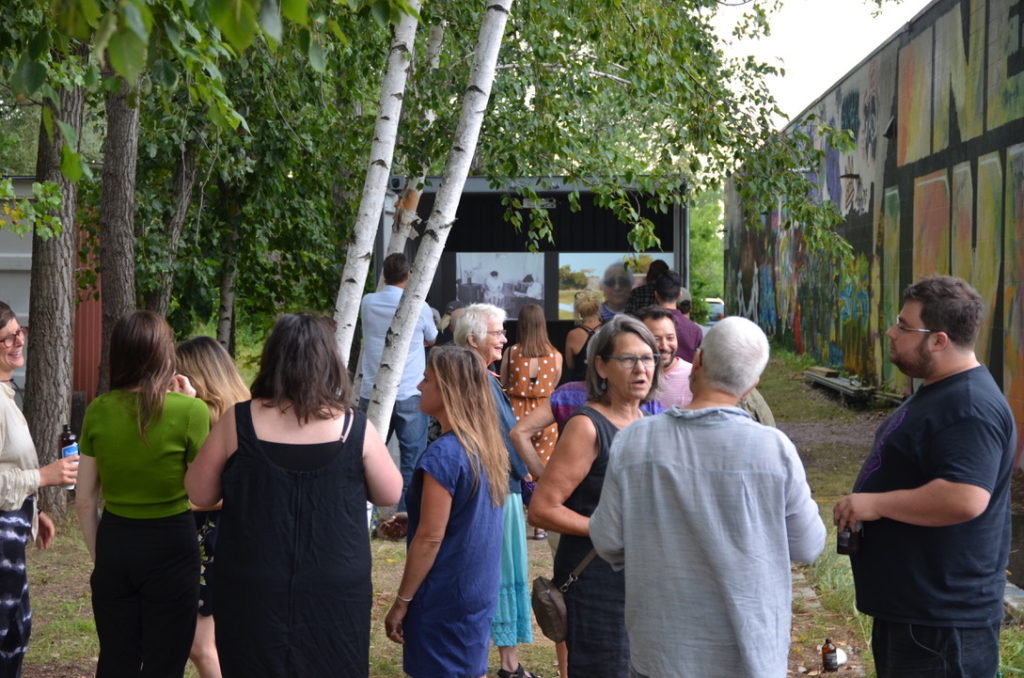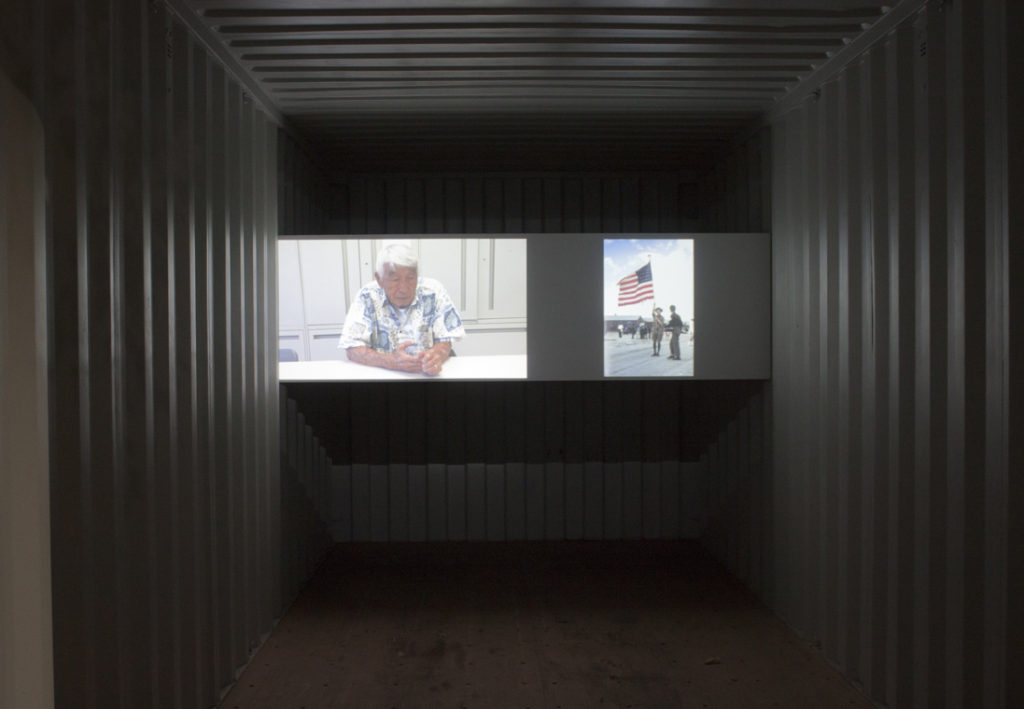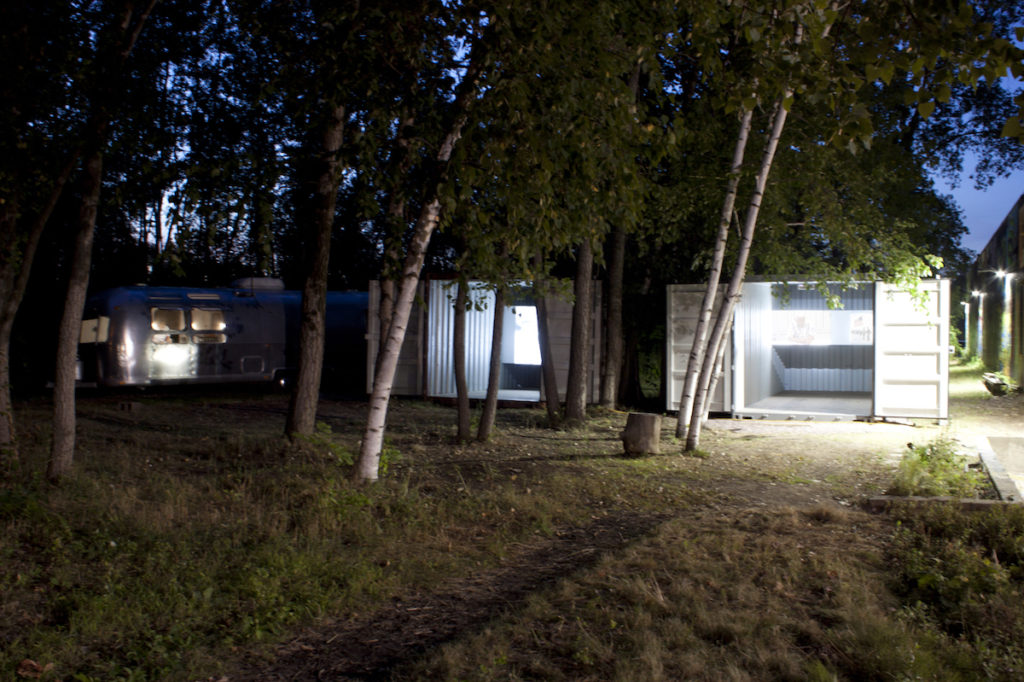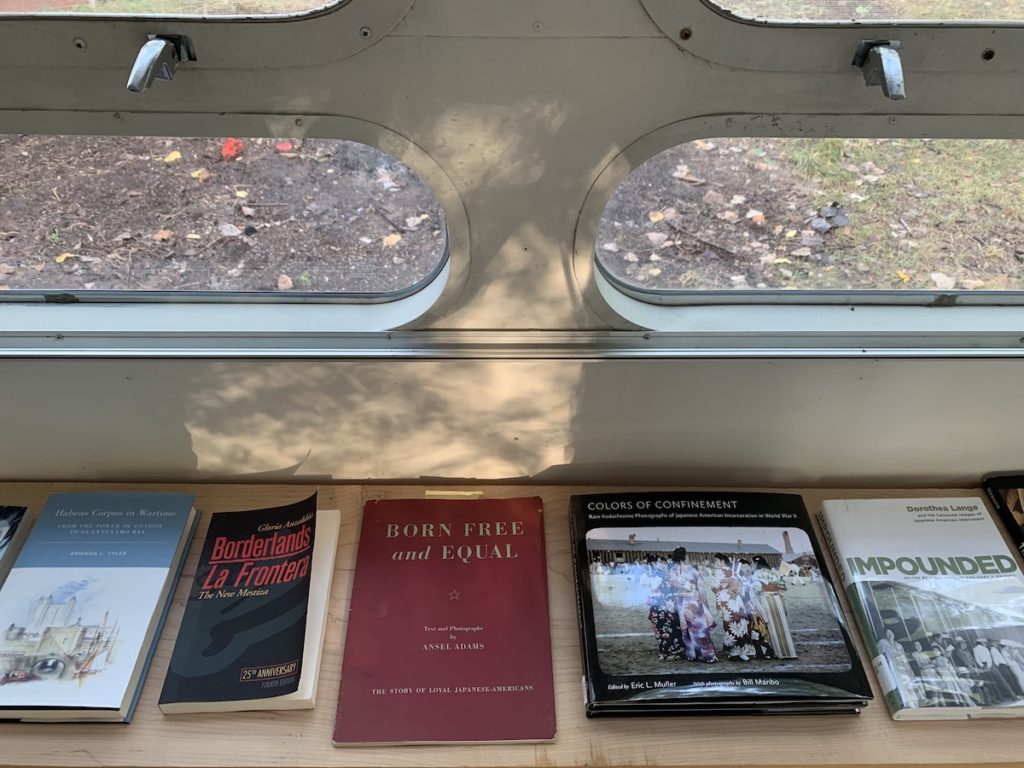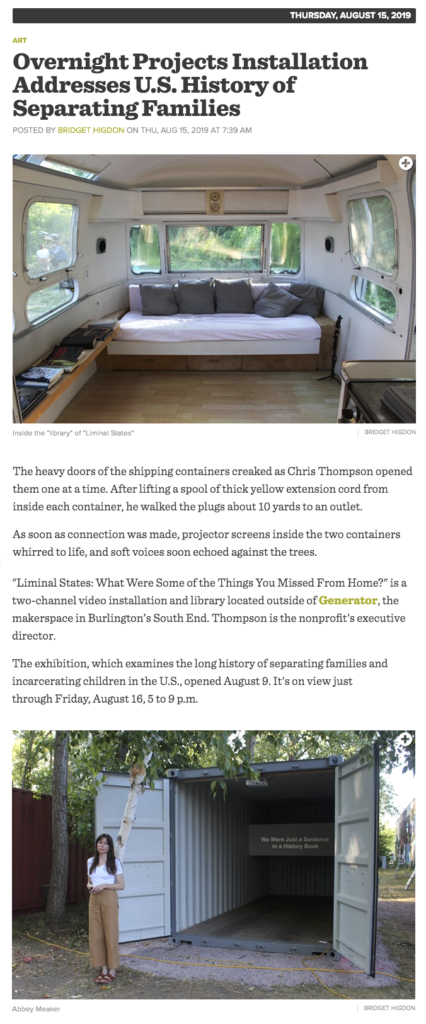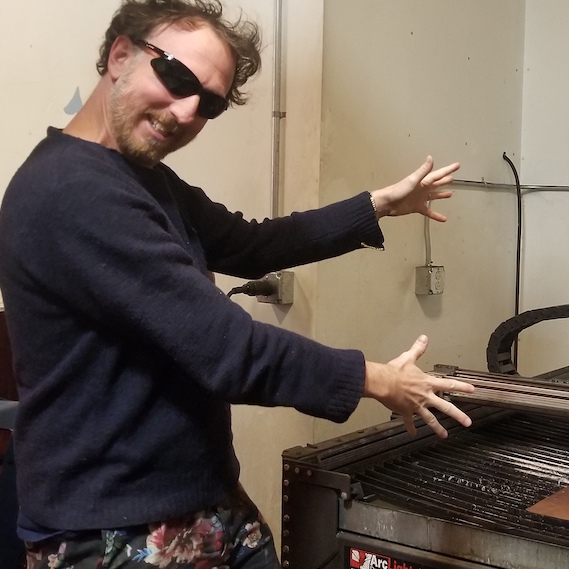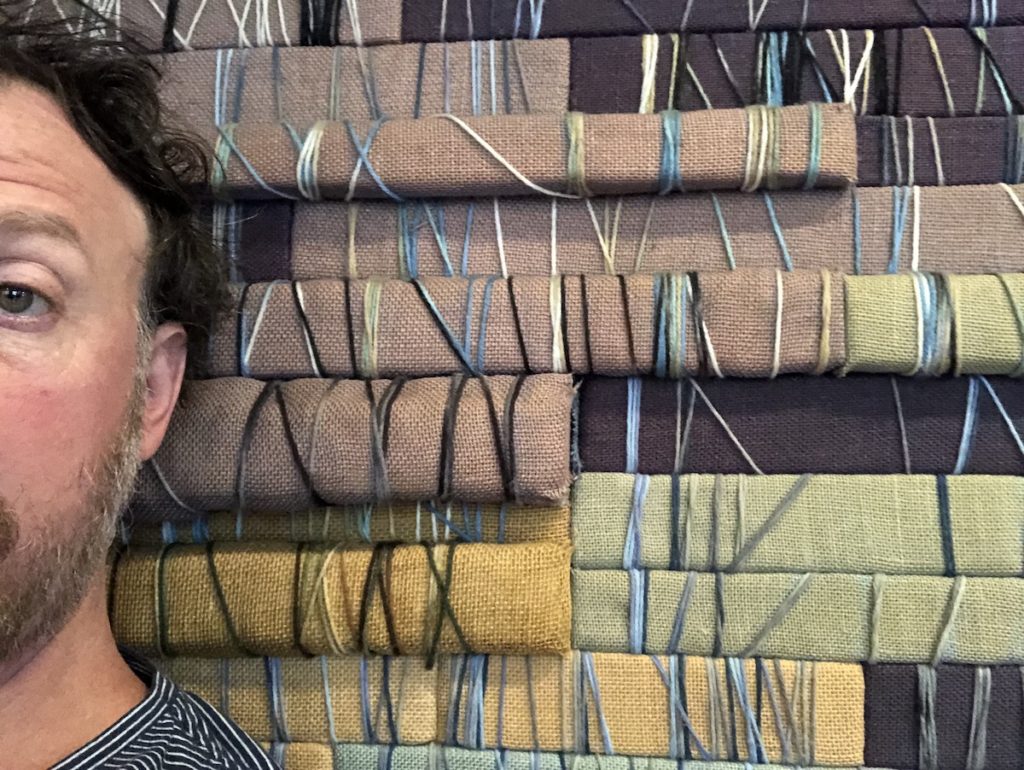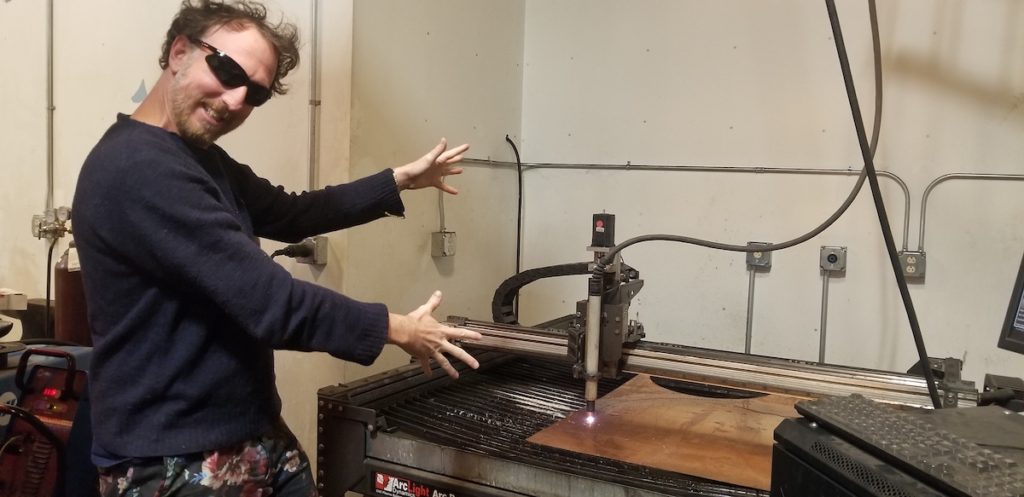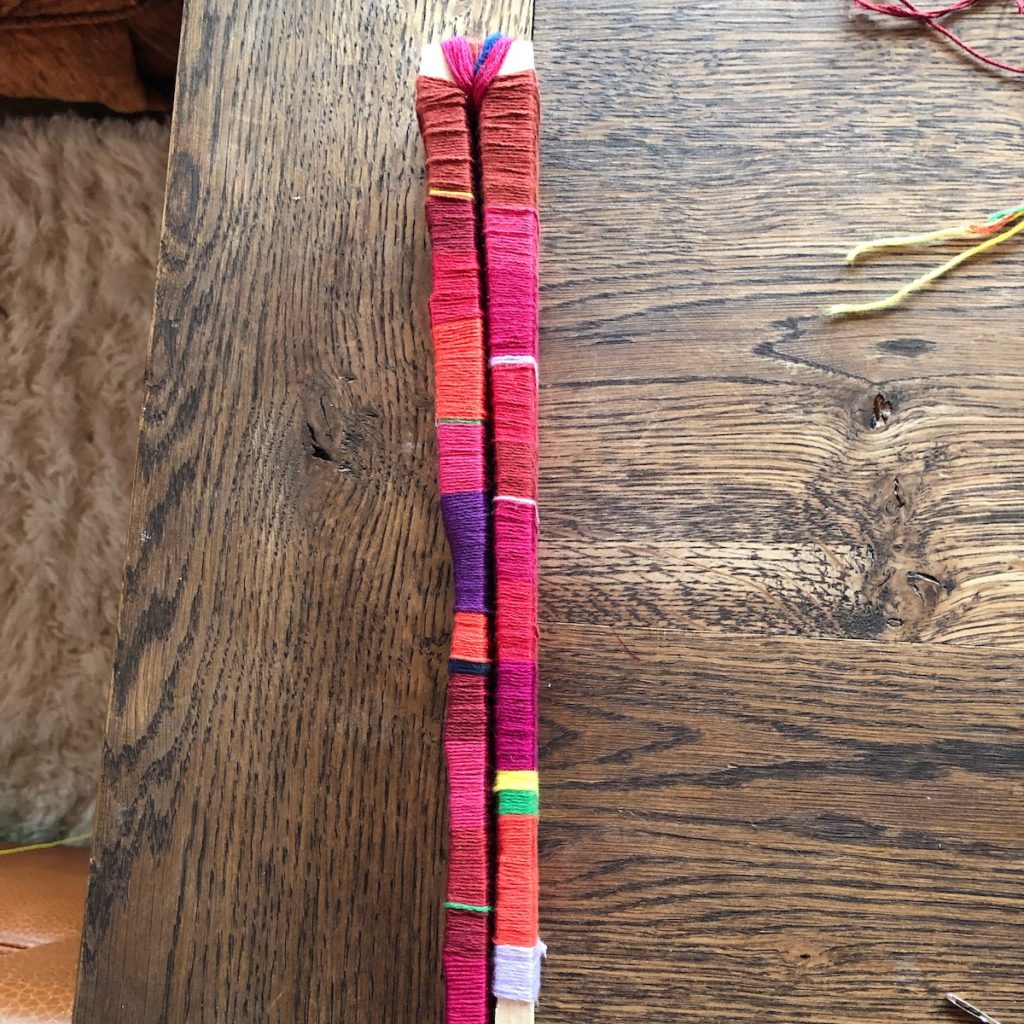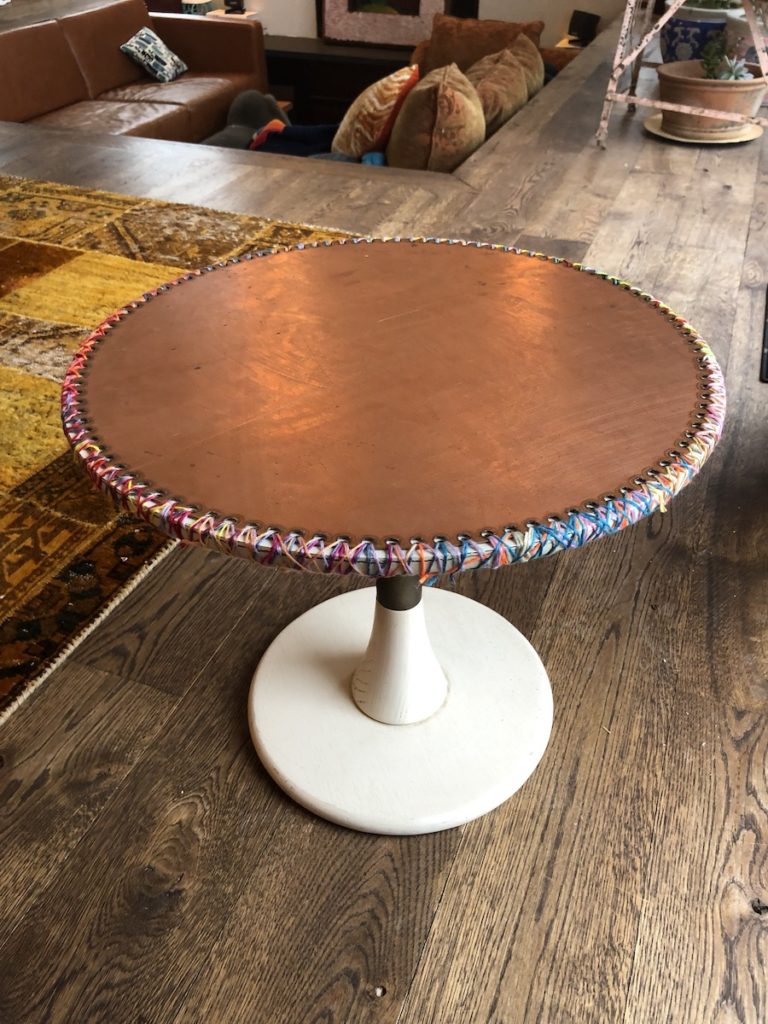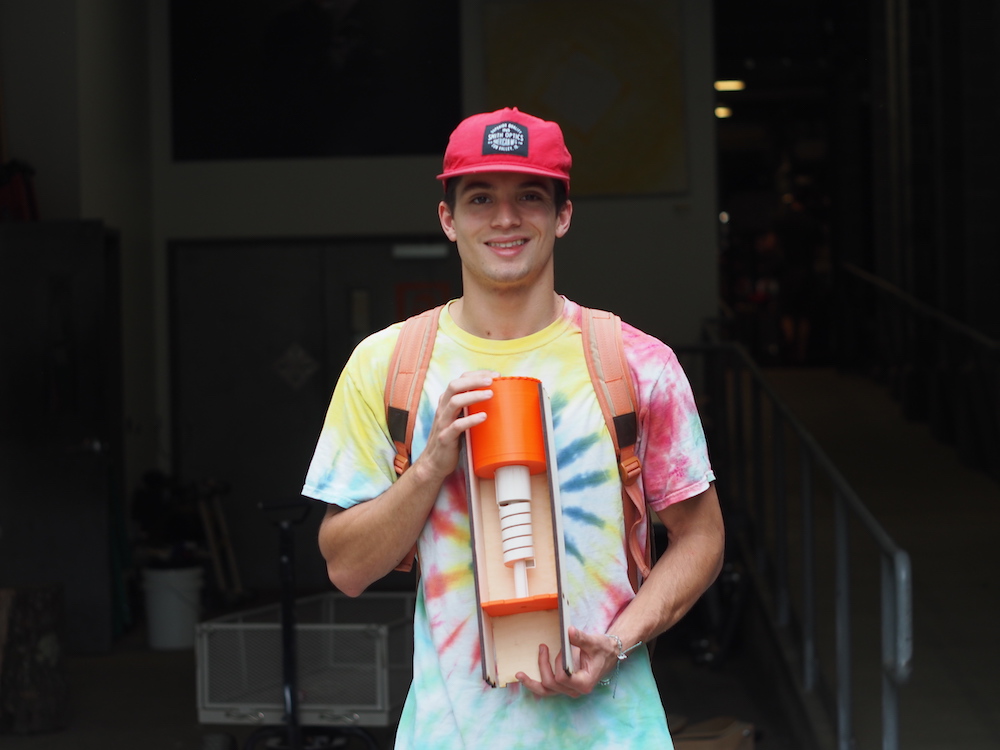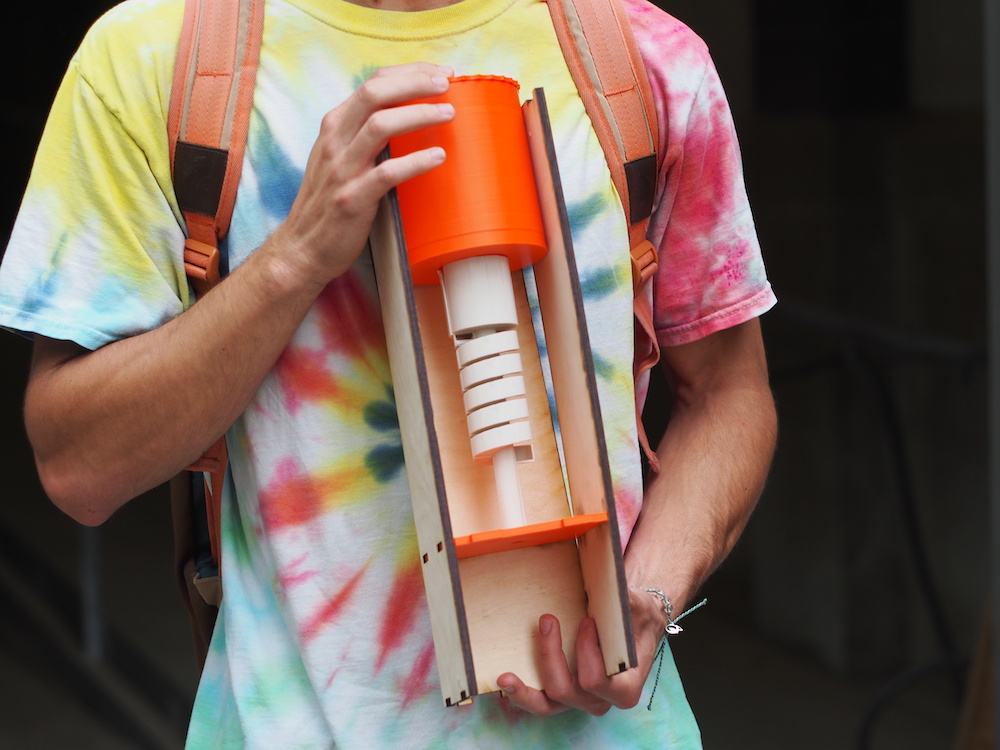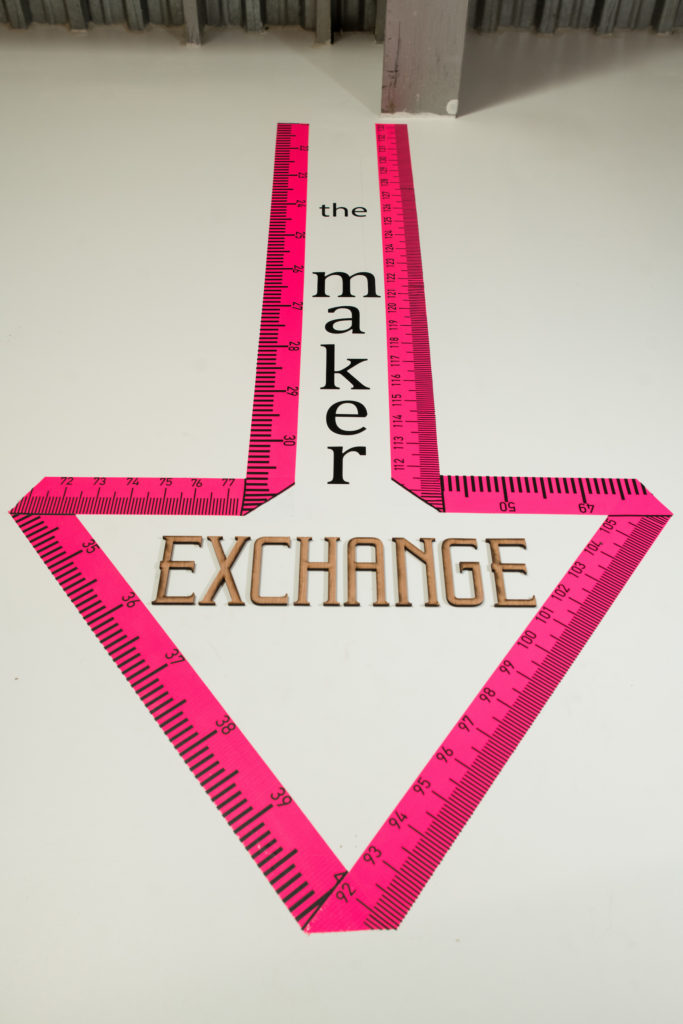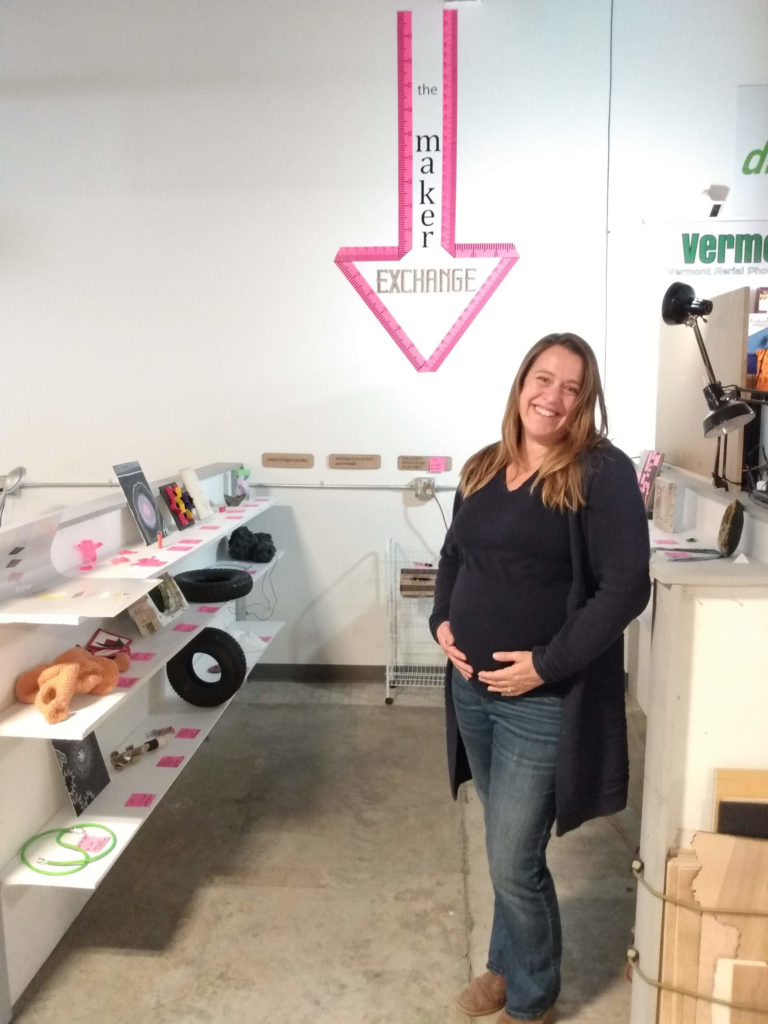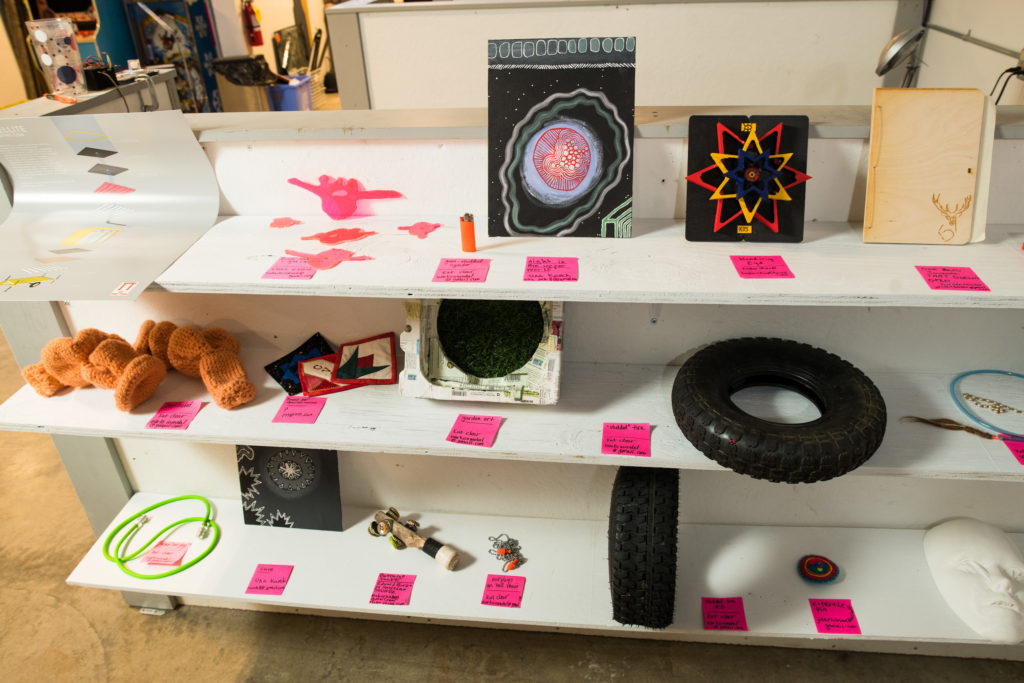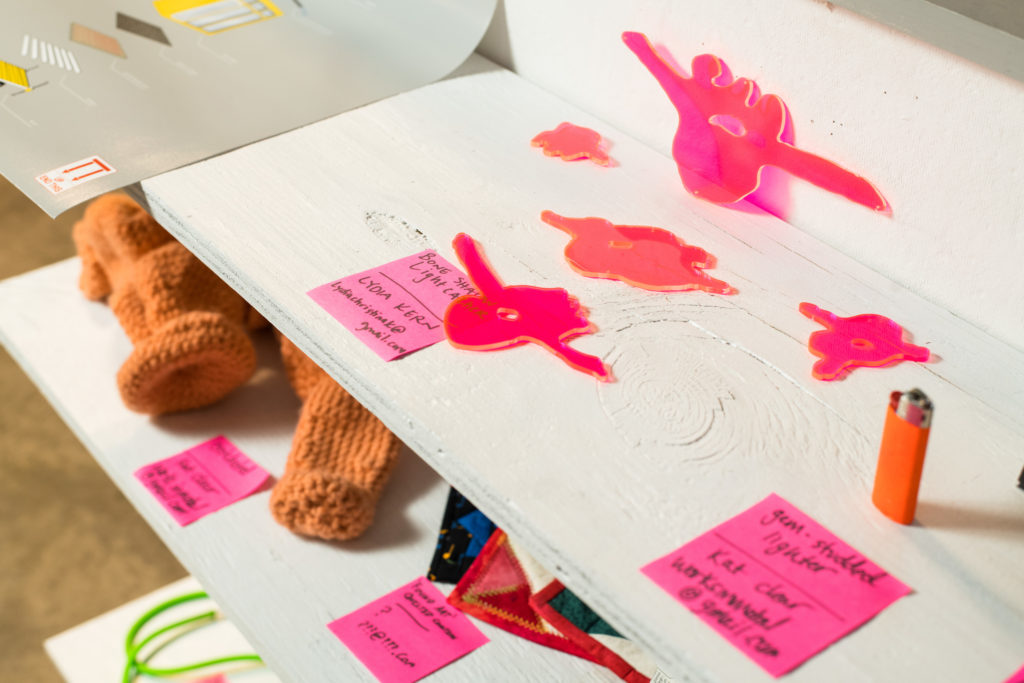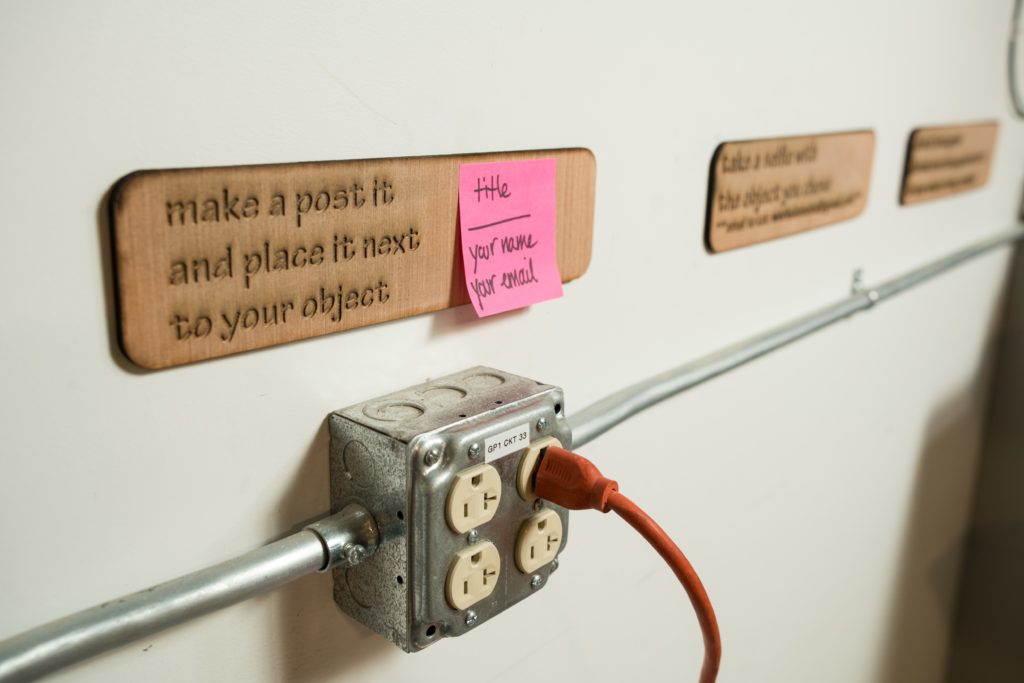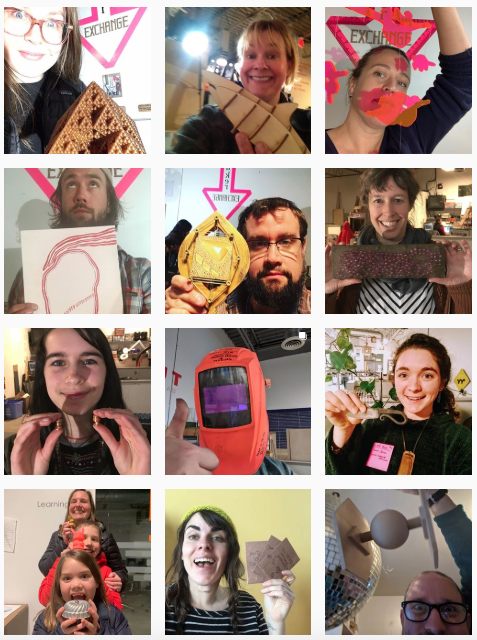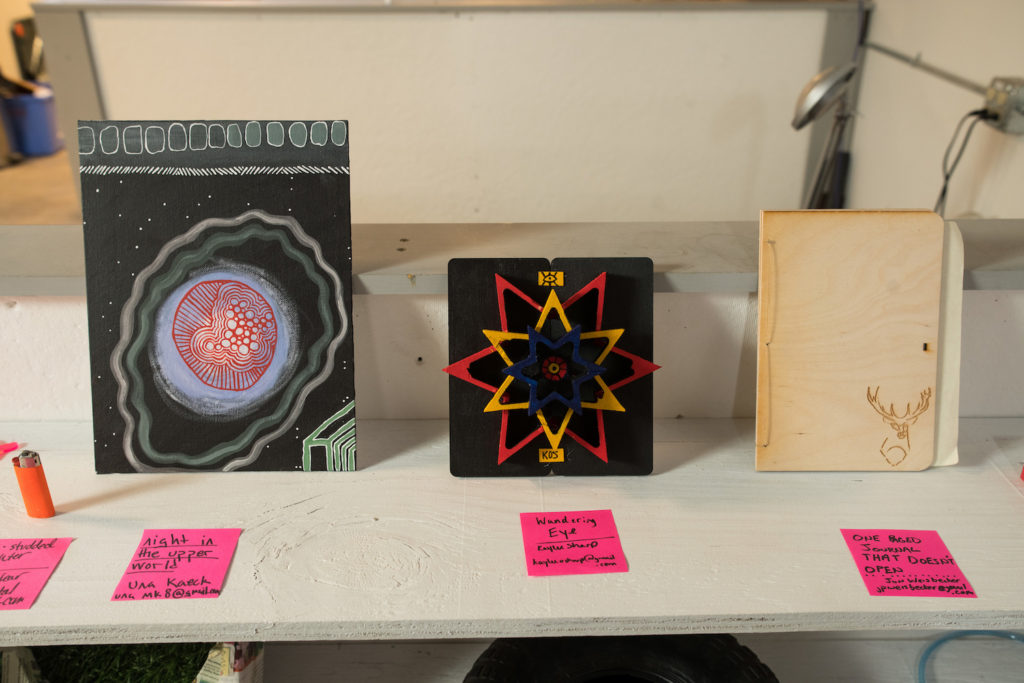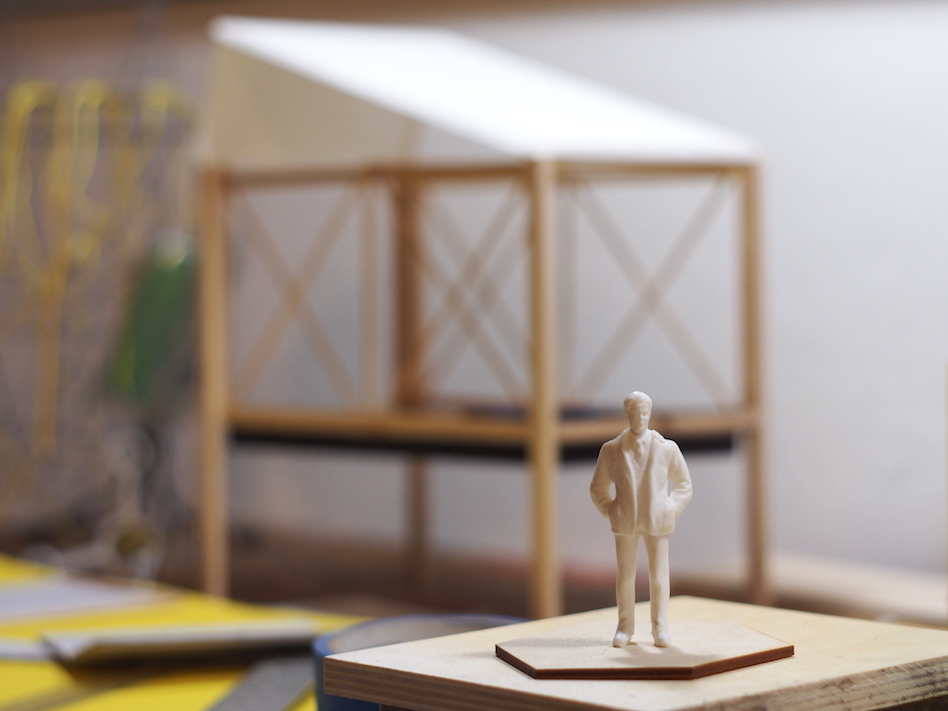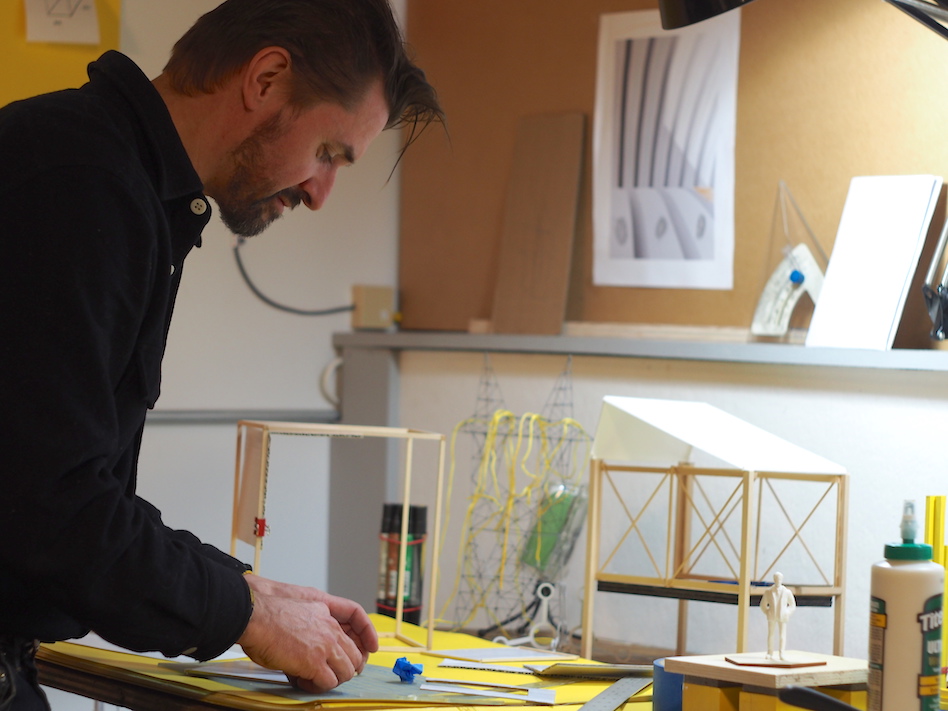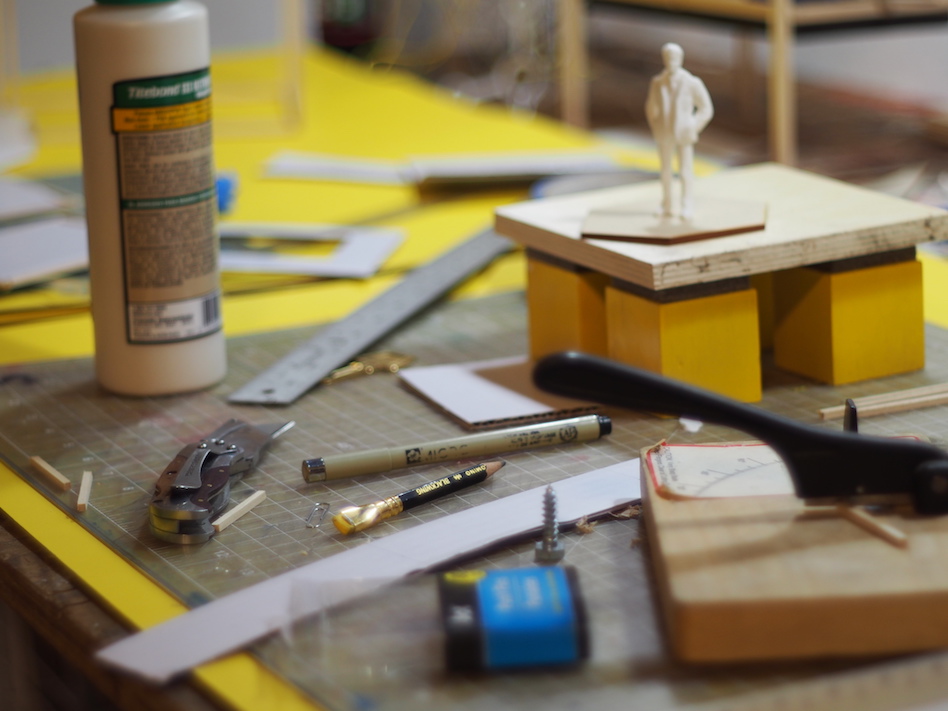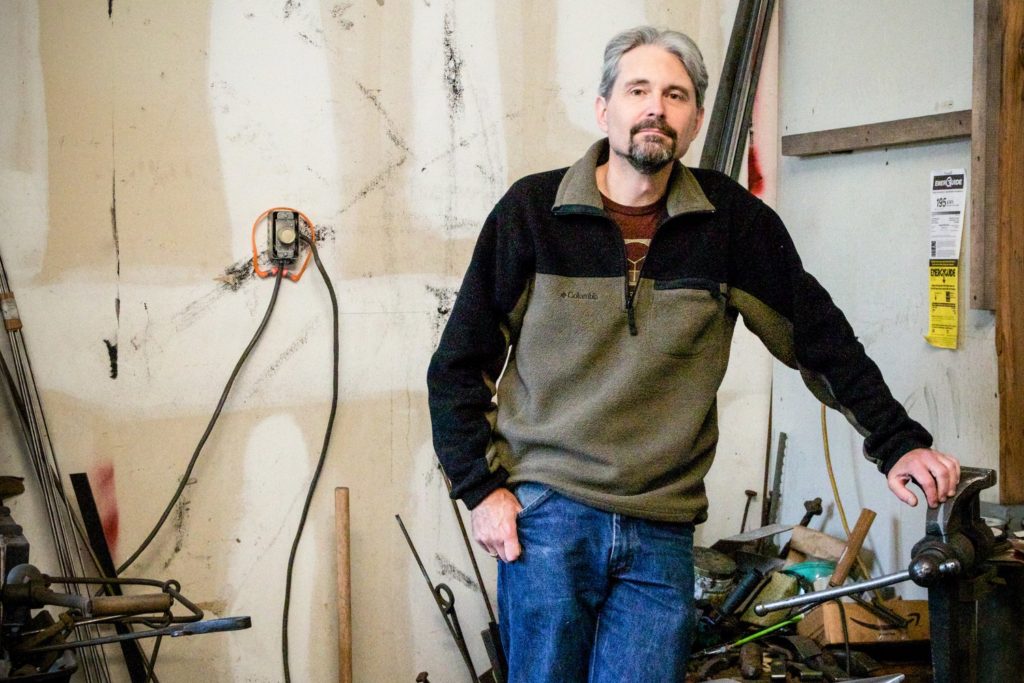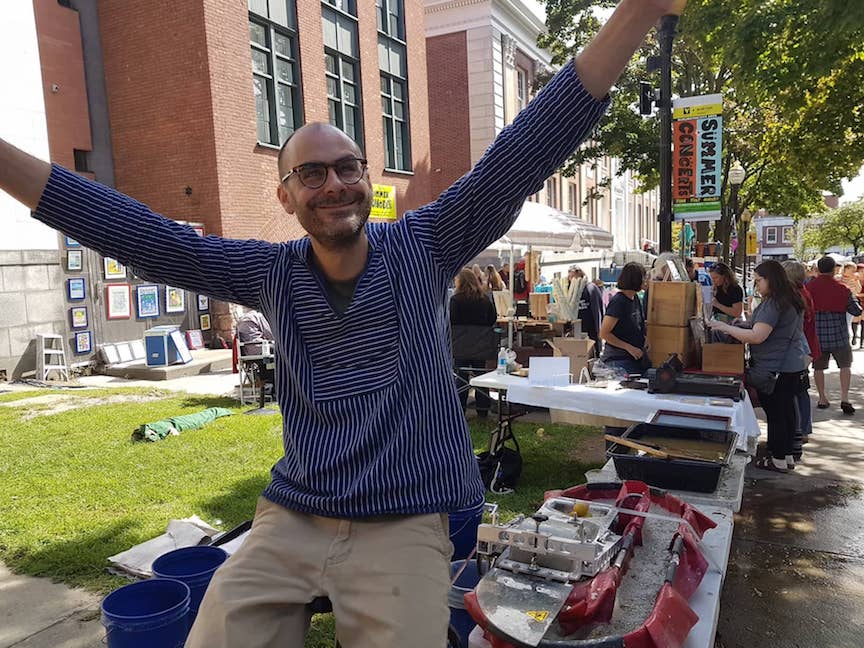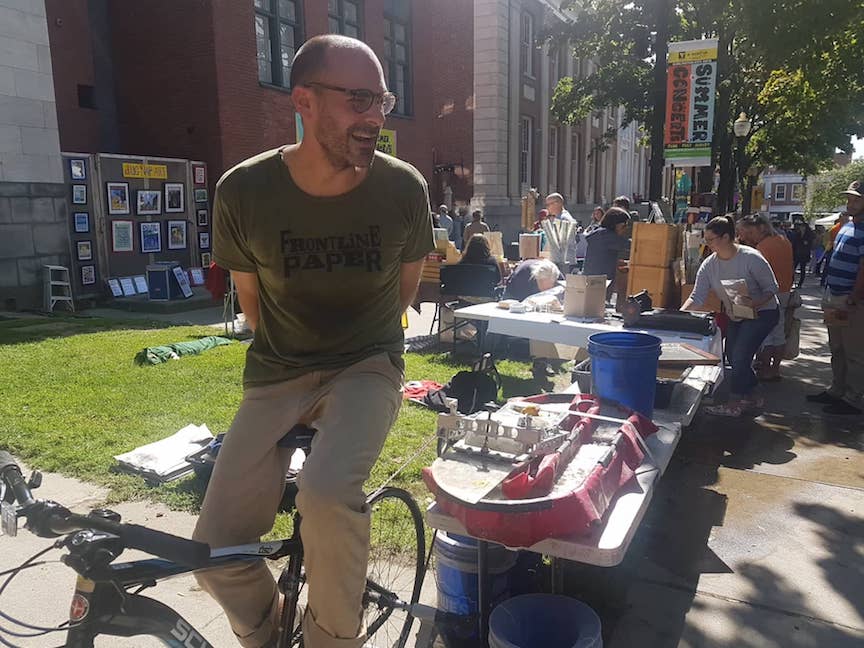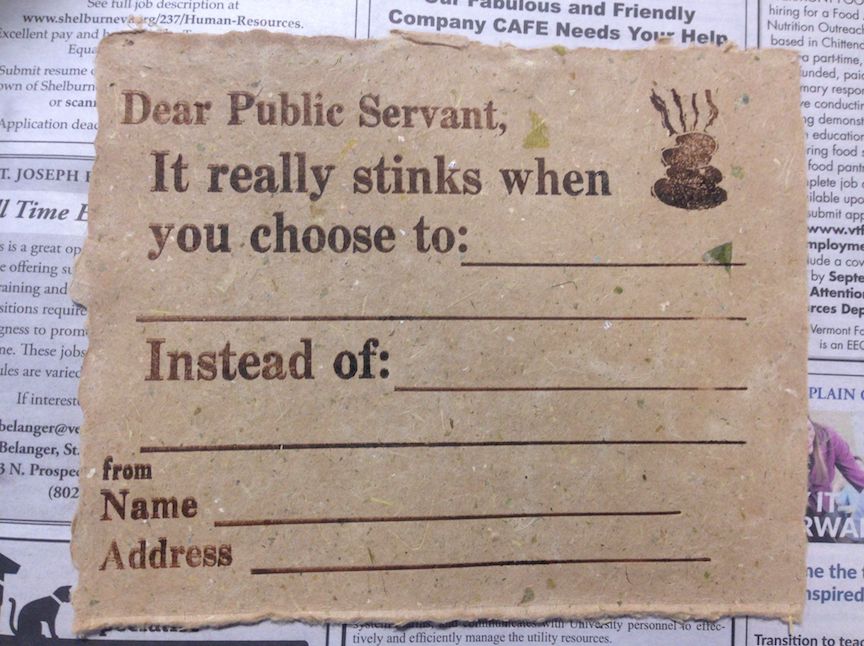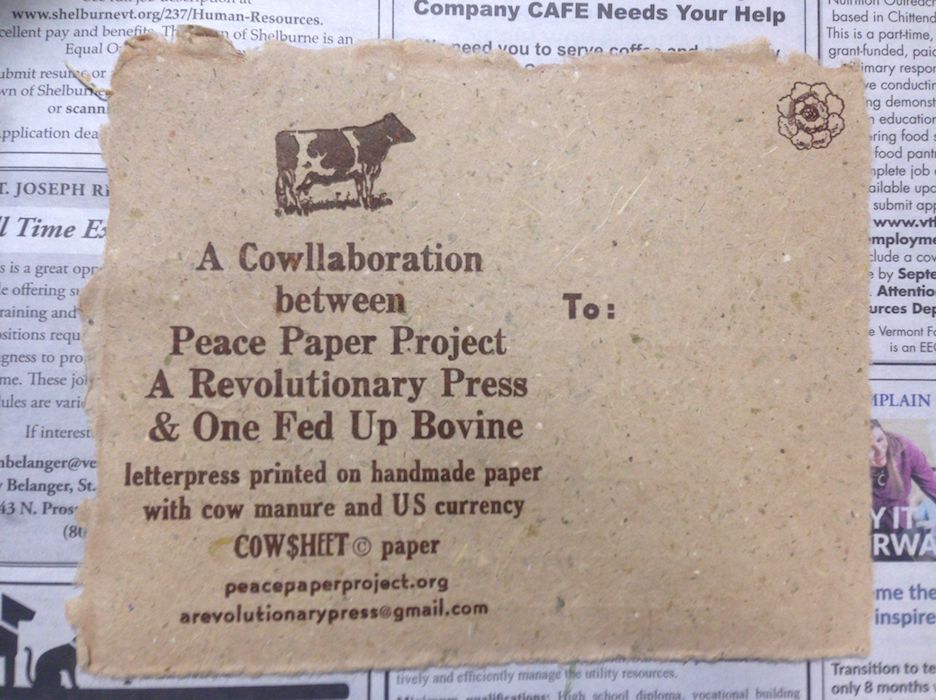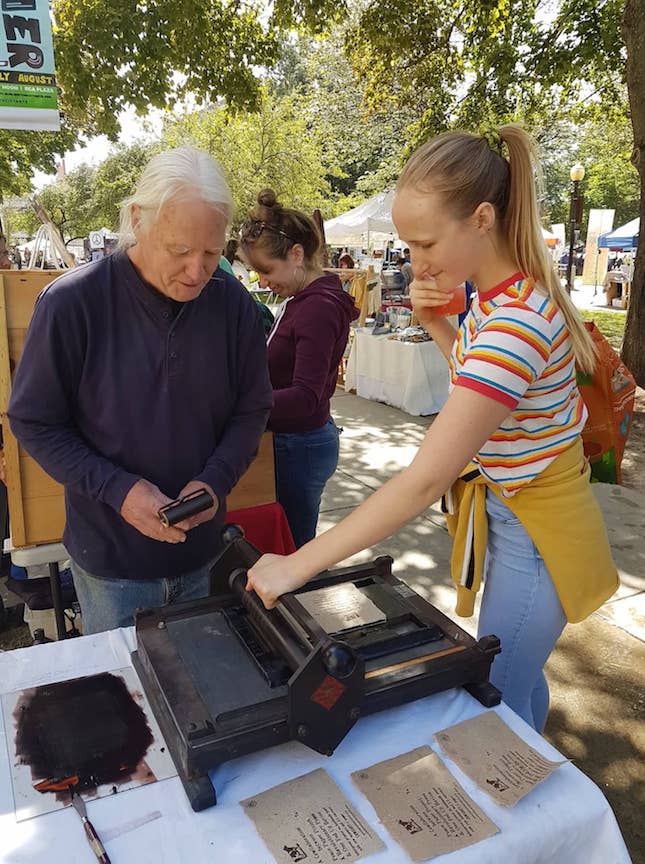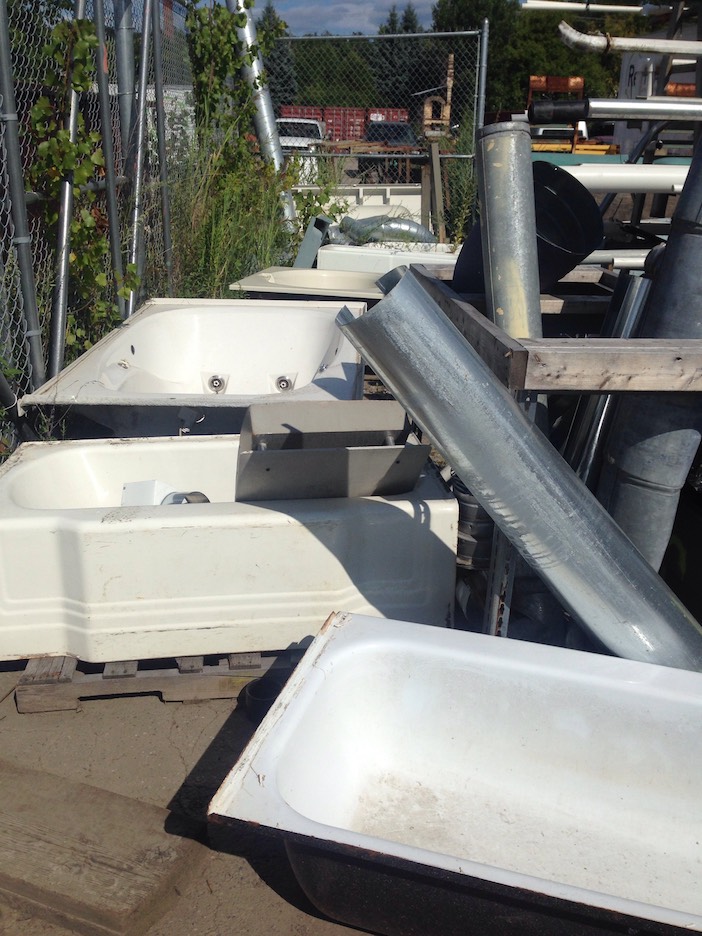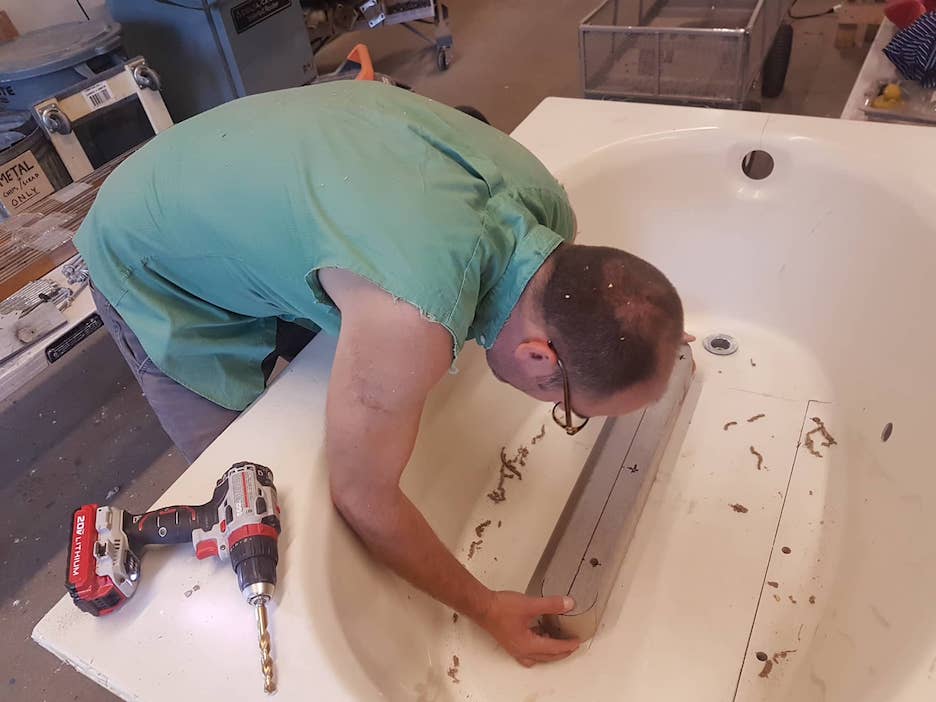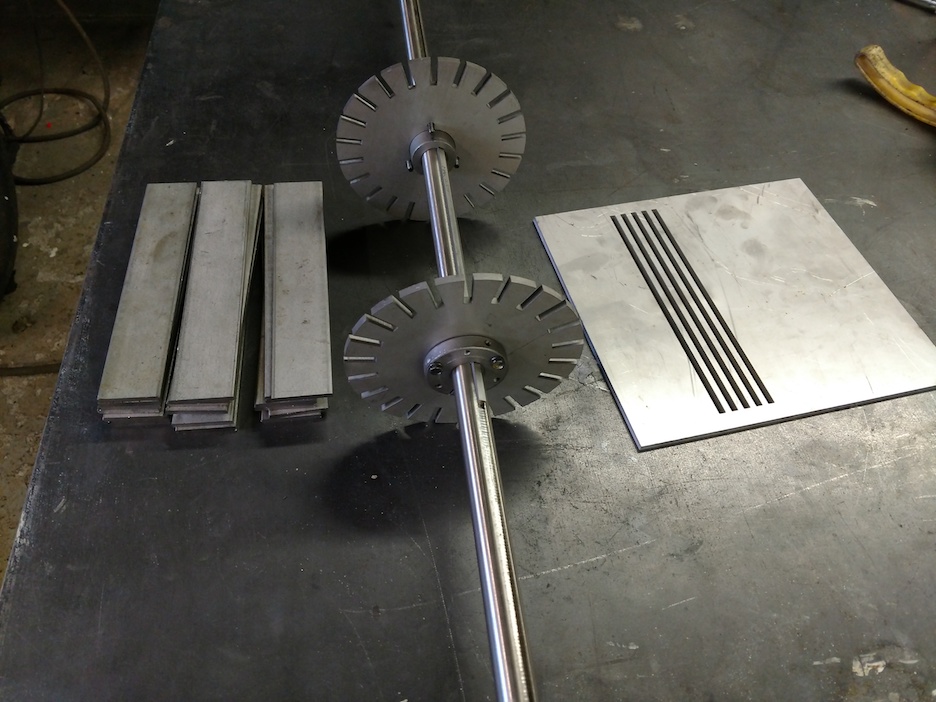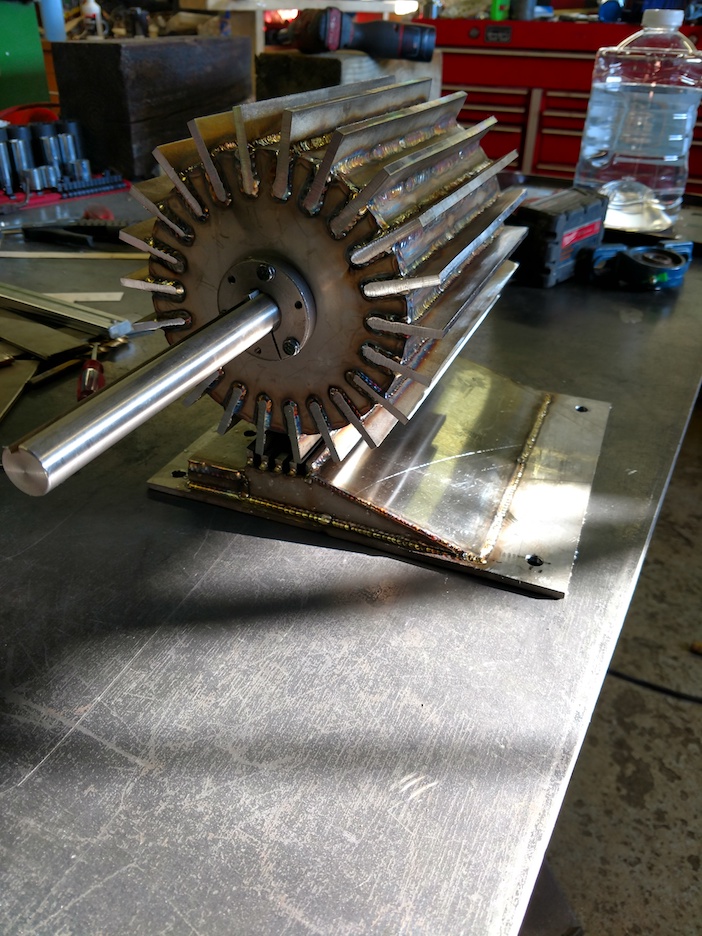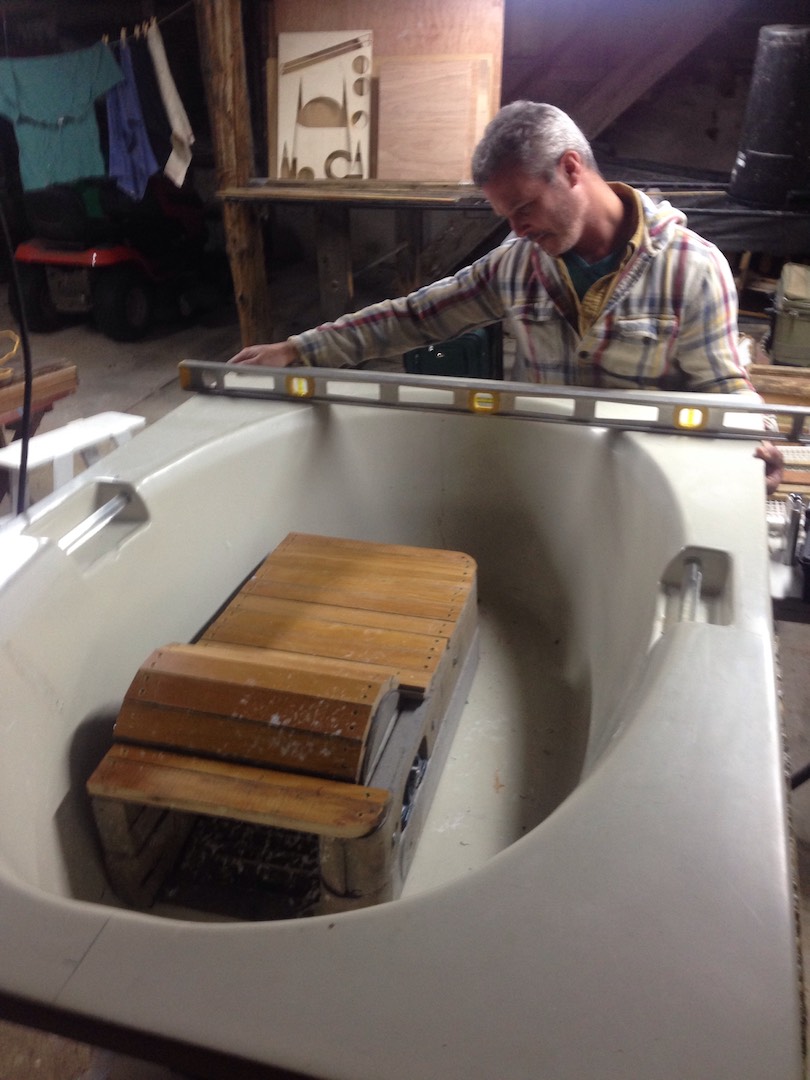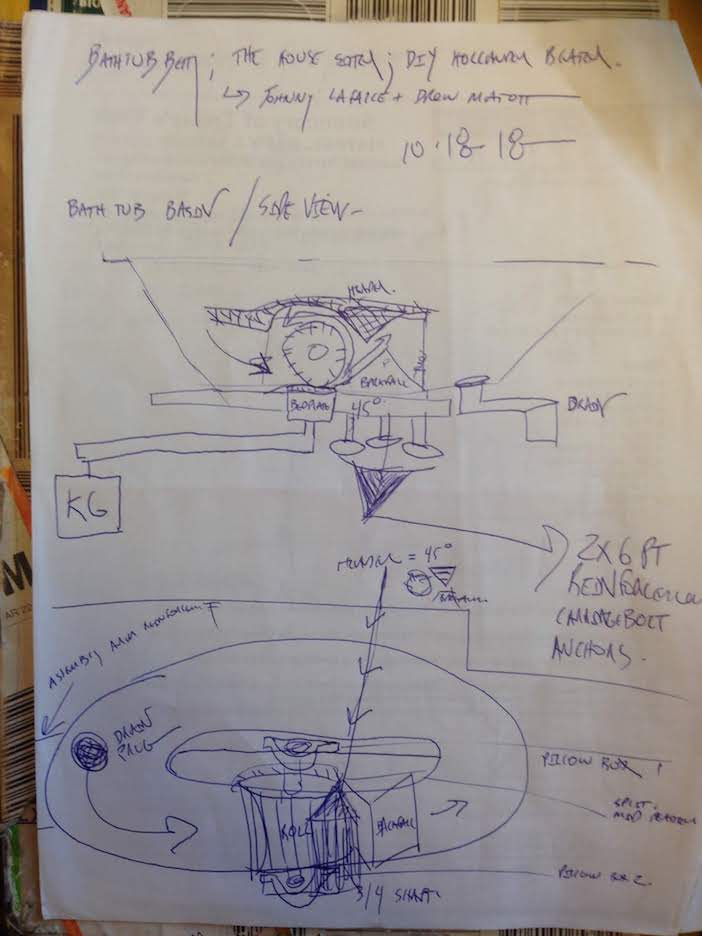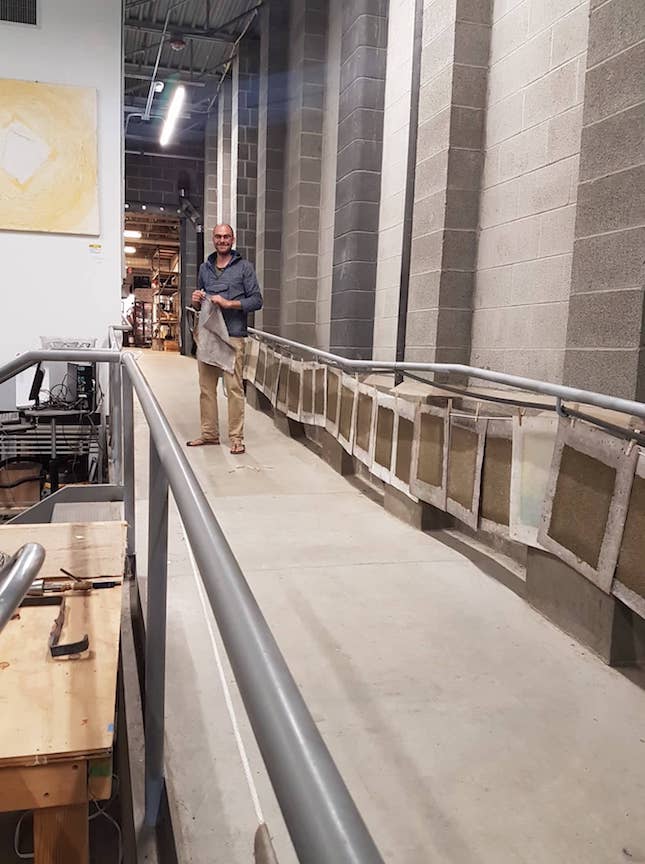[vc_row type=”in_container” full_screen_row_position=”middle” scene_position=”center” text_color=”dark” text_align=”left” overlay_strength=”0.3″][vc_column column_padding=”no-extra-padding” column_padding_position=”all” background_color_opacity=”1″ background_hover_color_opacity=”1″ width=”1/1″ tablet_text_alignment=”default” phone_text_alignment=”default”][image_with_animation image_url=”12105″ alignment=”” animation=”Fade In” box_shadow=”none” max_width=”100%”][/vc_column][/vc_row]
Category: Maker In Residence
-
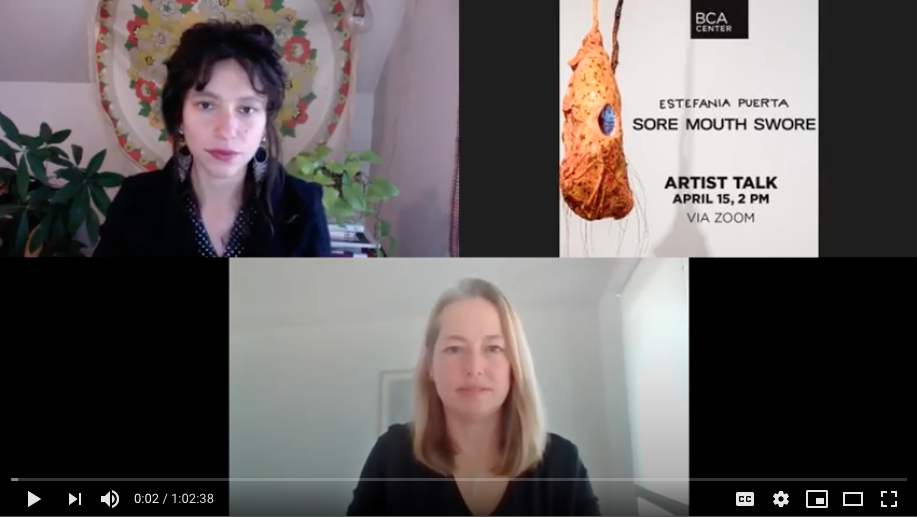
Artist in Residence: Estefania Puerta
[vc_row type=”in_container” full_screen_row_position=”middle” scene_position=”center” text_color=”dark” text_align=”left” overlay_strength=”0.3″][vc_column column_padding=”no-extra-padding” column_padding_position=”all” background_color_opacity=”1″ background_hover_color_opacity=”1″ width=”1/1″ tablet_text_alignment=”default” phone_text_alignment=”default”][vc_column_text]
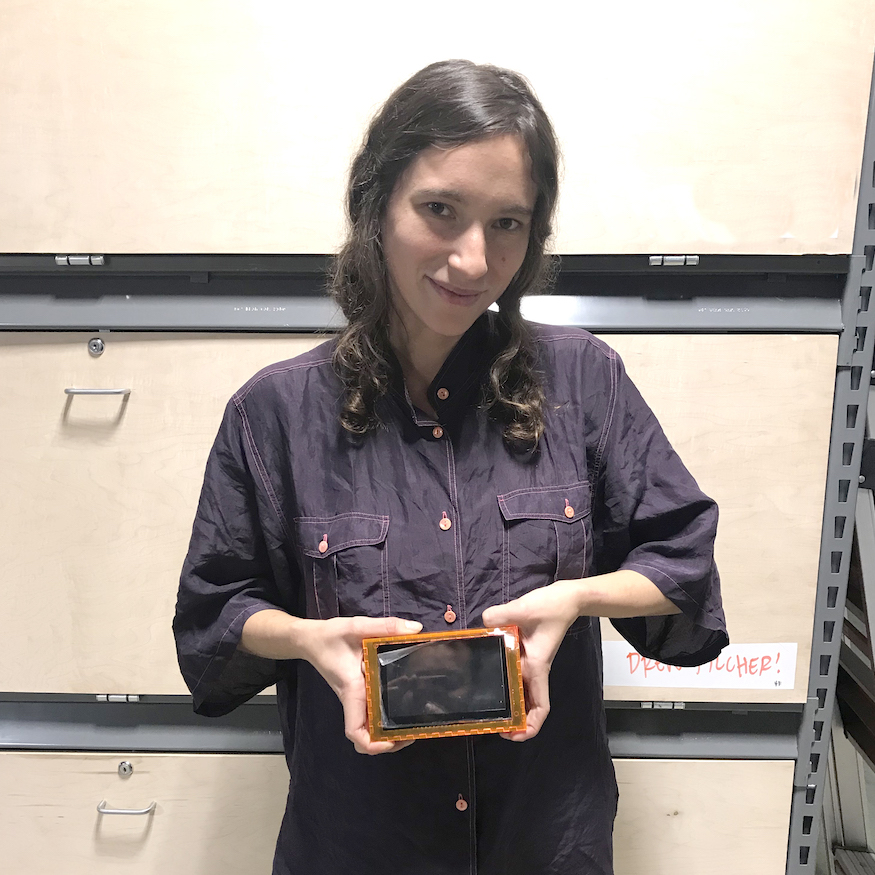 Estefania Puerta is an artist who insists on traversing different mediums to make works that go beyond conventions of any one genre. Identifying as an immigrant Latina woman, Puerta is deeply connected to displacement and a “sense of body” that doesn’t quite fit anywhere.
Estefania Puerta is an artist who insists on traversing different mediums to make works that go beyond conventions of any one genre. Identifying as an immigrant Latina woman, Puerta is deeply connected to displacement and a “sense of body” that doesn’t quite fit anywhere.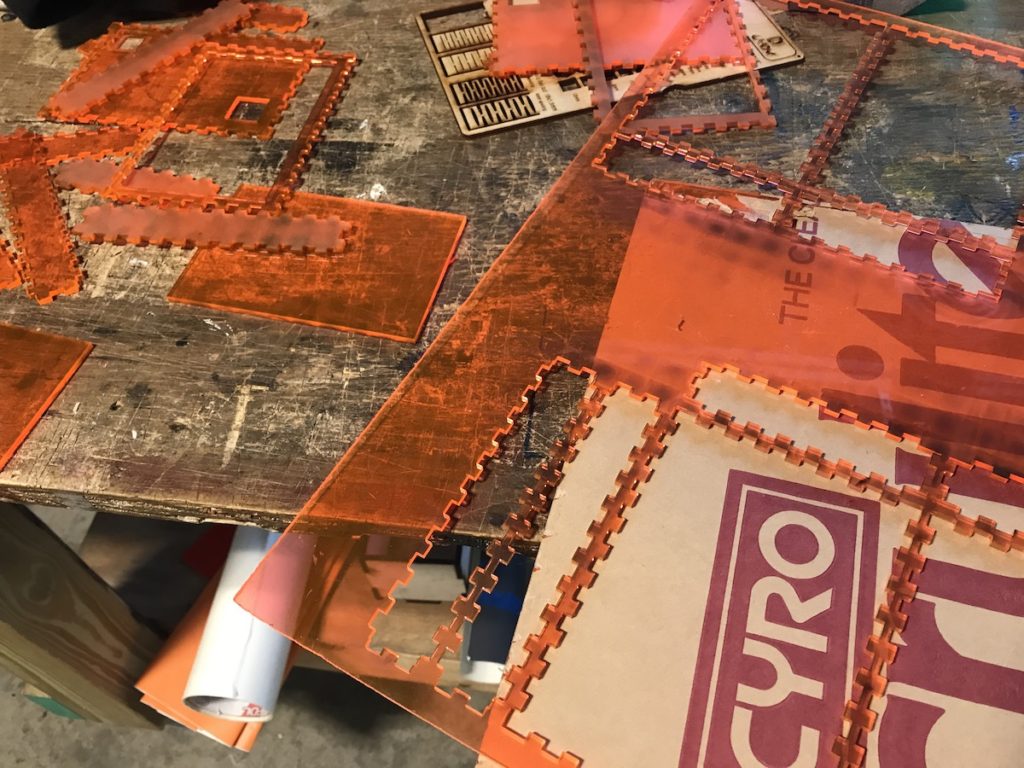

At Generator, Este worked on several pieces that will go into Sore Mouth Swore, an immersive installation that will spill from the lower level gallery of BCA and travel through the art center’s stairwell. Sore Mouth Swore utilizes poetic alliteration to reveal the challenging act of pronouncing these words in succession while addressing the persistent failures and uncertainty of language.
Evolving from spoken to visual expressions of this theme, Puerta examines the ambiguity within meaning—playing with notions of materials, media, and transformation.
The exhibition is a collaboration between Burlington City Arts and Generator. Puerta is participating in Generator’s Maker in Residence to support the creation of work for her 2020 BCA exhibition, with related performance and programming at both institutions.[/vc_column_text][/vc_column][/vc_row][vc_row type=”in_container” full_screen_row_position=”middle” scene_position=”center” text_color=”dark” text_align=”left” overlay_strength=”0.3″][vc_column column_padding=”no-extra-padding” column_padding_position=”all” background_color_opacity=”1″ background_hover_color_opacity=”1″ width=”1/1″ tablet_text_alignment=”default” phone_text_alignment=”default”][vc_column_text]
Due to Covid-19, we had to cancel Estefania’s planned artist performance in our Flex Space.
In lieu of the performance, BCA facilitated a virtual artist talk which you can watch below.
[/vc_column_text][divider line_type=”No Line”][vc_video link=”https://www.youtube.com/watch?v=9nSjbfUOdic”][/vc_column][/vc_row]
-
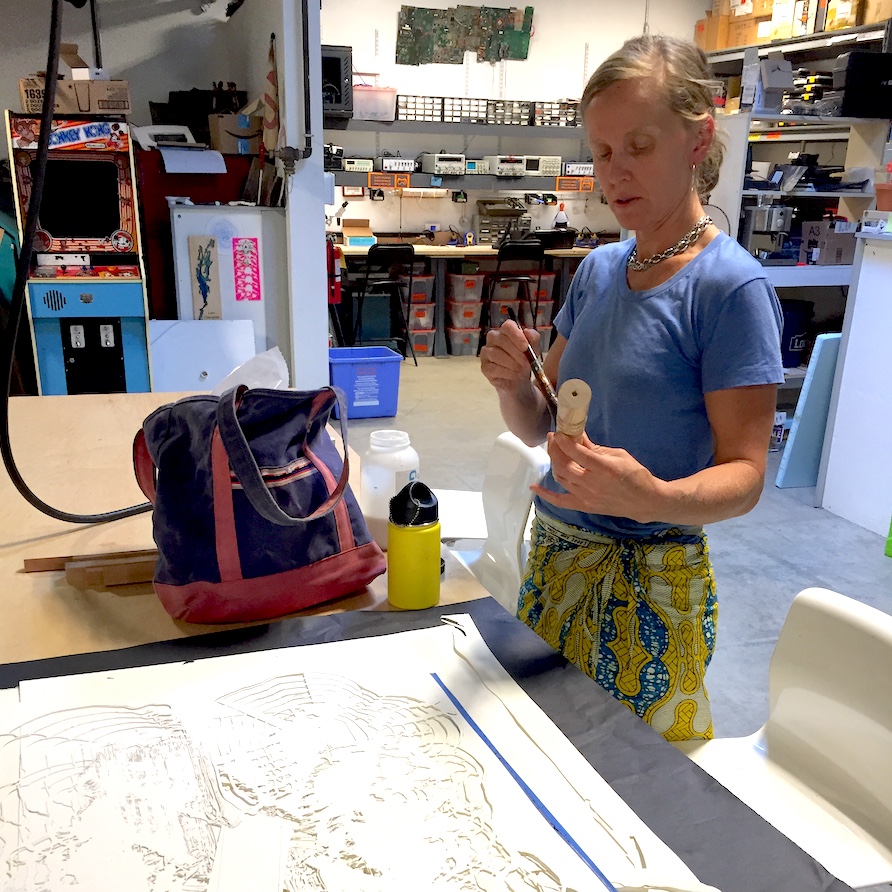
Artist in Residence: Adriane Colburn
Adriane Colburn

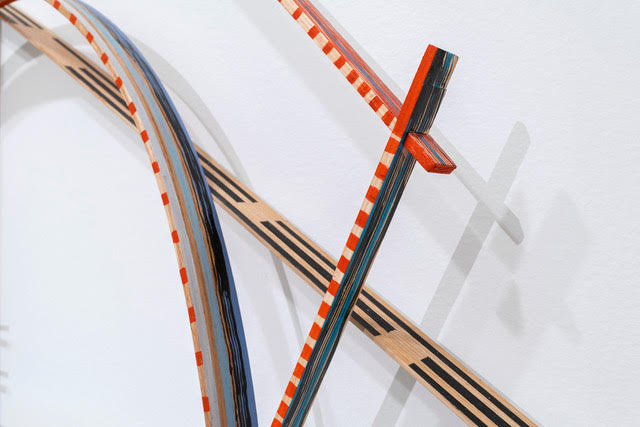
Adriane Colburn is an artist based in San Francisco and New Jersey.Her recent work, large scale installations that investigate the complex relationships between human infrastructure, earth systems, technology and the natural world.
A penchant for research and direct experience has led her to participate in scientific expeditions in the Arctic, the Amazon and at sea.
Adriane used her time at Generator to create interconnected and steam bent wooden sculptures for a group exhibition at the University of Buffalo.
-

Artist in Residence: Overnight Projects
Overnight Projects Presents Liminal States: What Were Some of the Things You Missed from Home?
Abbey Meaker, Maya Jeffereis, and Elliott Katz
In Liminal States: What Were Some of the Things You Missed from Home?, artists Maya Jeffereis and Elliott Katz collaborated on a two-channel video installation and itinerant library that examines the longstanding history of separating families and incarcerating minorities in the United States.
As grandchildren of Japanese American incarceration survivors, the artists have created an experimental documentary that weaves personal, cultural, and historical memories together through a combination of interviews, family photos, and archival images.
The artists linked the history of Japanese American incarceration with the current practice of separating immigrant families and detaining children in government facilities. One such facility, Fort Sill in Oklahoma, has served as a relocation camp for Indigenous Americans and a residential school for indigenous children in the 19th and 20th centuries, a World War II Japanese American incarceration camp, and a U.S. Immigration and Customs Enforcement (ICE) detention facility today.
Drawing a comparison between these histories, Jeffereis and Katz
created a found footage video montage comprised of propaganda films, news coverage, and home videos. The artists invite visitors to further engage with these histories in the Itinerant Library which contains a selection of books recommended by the artists.In Liminal States, the artists link the past with the present in an attempt for history not to repeat itself.
-
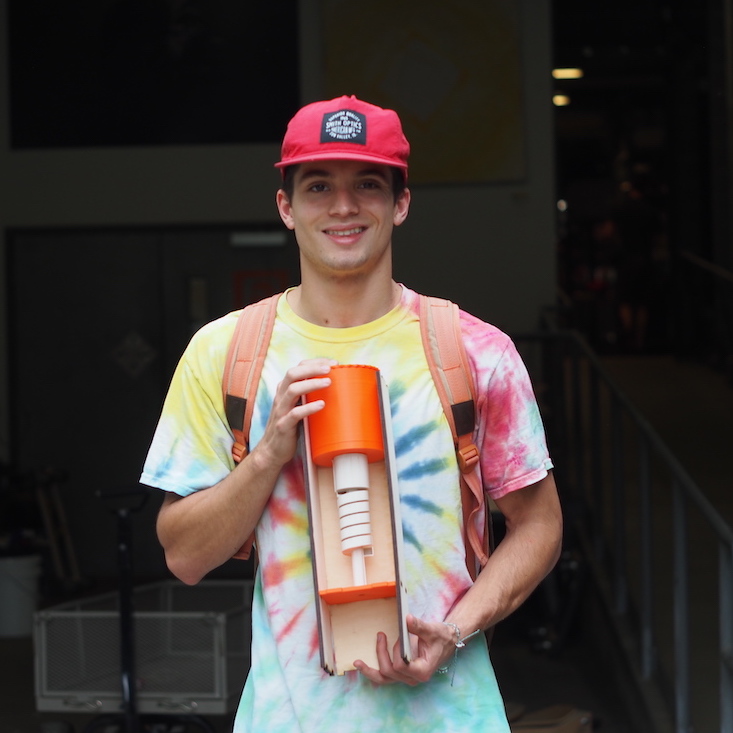
Maker in Residence: Colin Gaunt
Meet our current Maker in Residence: Colin Gaunt.
Colin is a recent Saint Michael’s College grad developing an affordable, portable device using ultra-efficient LED technology to disinfect water on an individual or family-sized scale.
“Gaunt said the market niche he is trying to fill with the Sipping Safe is ‘a family unit essentially,’ explaining, ‘there already are products that can give water to 1,000 people really well or to one person fairly well, but there isn’t a product that can give water to a family of 6 to 12 without a plumbing network of some kind.’ His device would not need to be pressurized like many existing devices, which is another big advantage. ‘I’m thinking of any developing nation or city that doesn’t have access to a steady plumbing system,’ he said.”
Colin is also a Jump Start Collegiate cohort member, so he’s been spending a lot of time here making his first prototype using the Prusa 3D printer and Epilog laser cutter. Next step? Make the thing!
Follow along on Instagram to see Colin’s progress.
-
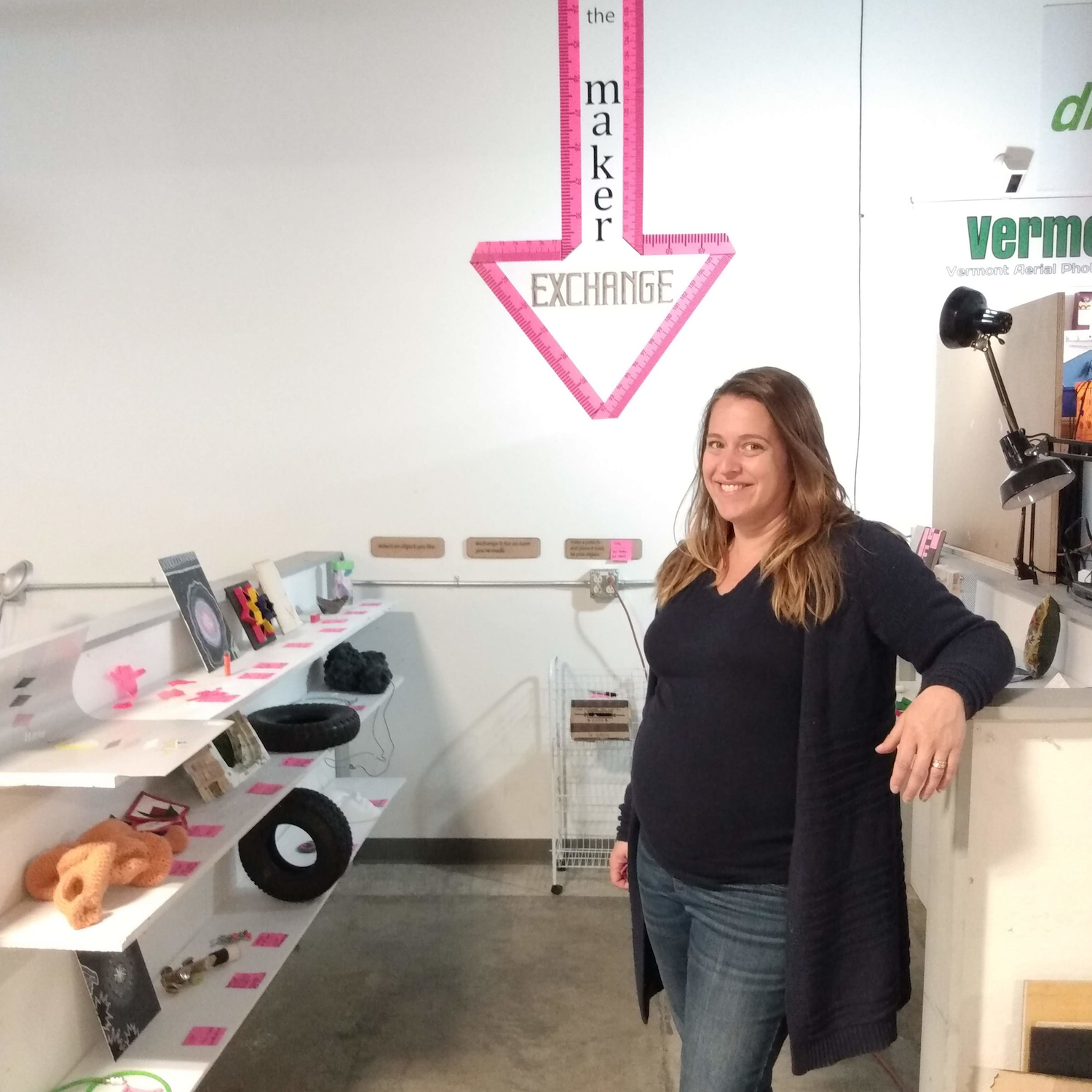
Maker in Residence: Kat Clear’s Maker Exchange
[vc_row type=”in_container” full_screen_row_position=”middle” scene_position=”center” text_color=”dark” text_align=”left” overlay_strength=”0.3″][vc_column column_padding=”no-extra-padding” column_padding_position=”all” background_color_opacity=”1″ background_hover_color_opacity=”1″ width=”1/1″ tablet_text_alignment=”default” phone_text_alignment=”default”][vc_column_text]Generator’s Maker Exchange began in a Finnish boreal forest.
“The boreal forest of Finland is a magical place,” says Kat Clear, Generator’s Maker in Residence in March and April 2019. “And while I can tell you many tales of pine trees, peat moss, blueberries, mushrooms, sauna, and a fairytale amount of moss, I want to focus on the project I made there: the Hyytalia Trading Post.”
“I made objects out of found and natural materials and put them up for trade with the others, mainly scientists and another artists that I was there with. There were a couple directives and signs so the space could be open without my presence. Participants traded objects with me and documented the trade. In the end I was left with these small, intimate objects and images that were imbued with the magic and energy we shared in the forest.”
When Kat visited us to consider a residency, she was stuck by Generator’s dynamic community of makers, their collaborations and resource sharing, and the palpable energy and excitement in the air as dozens of people throughout the building created things.
“Making things is a delicate dance between intention, materials and lots of questions,” said Kat. “For me, everything I have ever made has been a product of an idea, some amount of materials and communication with others. I see art and objects as the relic of this event.”
Kat wanted to spend her residency meeting Generator members and learning about what they do. She wanted to use her studio as a place of “cultural commerce,” connection and conversation where folks could trade their creations.
Like her “prototype” exchange in Finland, Kat set the exchange up with signage (made on our Epilog laser cutter) so she wouldn’t need to be present in order for people to navigate the exchange.
Kat documented the people trading and the objects they traded with an Instagram account, @makerexchangegeneratorvt.
“The most valuable part of this experience always comes back to the people and the community that has formed around it,” said Kat.
Kat’s residency and the maker exchange came to a close at the end of April — but it’s not too late to get your trade on.
Kat is officially closing out her residency with a Maker Exchange Pop-up for one night only.
Join us Thursday, May 23rd from 6pm to 9pm. Bring an object you made for trading, enjoy a barbecue and ice cream social, and meet other makers.[/vc_column_text][/vc_column][/vc_row][vc_row type=”in_container” full_screen_row_position=”middle” scene_position=”center” text_color=”dark” text_align=”left” overlay_strength=”0.3″][vc_column column_padding=”no-extra-padding” column_padding_position=”all” background_color_opacity=”1″ background_hover_color_opacity=”1″ width=”1/3″ tablet_text_alignment=”default” phone_text_alignment=”default”][/vc_column][vc_column column_padding=”no-extra-padding” column_padding_position=”all” background_color_opacity=”1″ background_hover_color_opacity=”1″ width=”1/3″ tablet_text_alignment=”default” phone_text_alignment=”default”][nectar_btn size=”jumbo” open_new_tab=”true” button_style=”regular” button_color_2=”Accent-Color” icon_family=”none” url=”https://www.eventbrite.com/e/maker-exchange-pop-up-tickets-61873137219″ text=”RSVP”][/vc_column][vc_column column_padding=”no-extra-padding” column_padding_position=”all” background_color_opacity=”1″ background_hover_color_opacity=”1″ width=”1/3″ tablet_text_alignment=”default” phone_text_alignment=”default”][/vc_column][/vc_row][vc_row type=”in_container” full_screen_row_position=”middle” scene_position=”center” text_color=”dark” text_align=”left” overlay_strength=”0.3″][vc_column column_padding=”no-extra-padding” column_padding_position=”all” background_color_opacity=”1″ background_hover_color_opacity=”1″ width=”1/1″ tablet_text_alignment=”default” phone_text_alignment=”default”][vc_column_text]–
Photos courtesy of Andy Duback.[/vc_column_text][/vc_column][/vc_row]
-
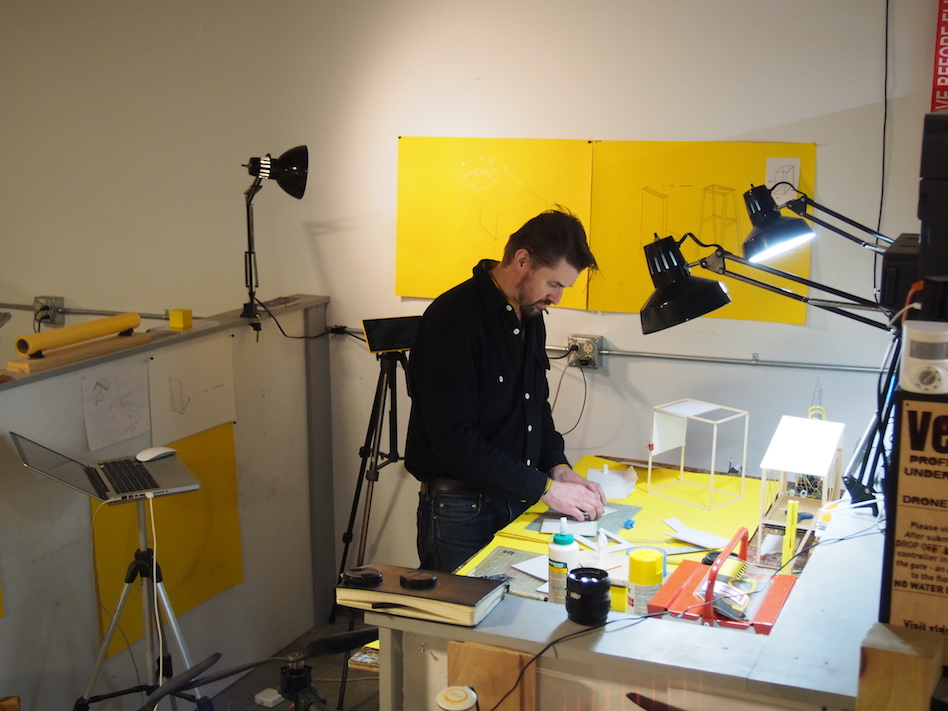
Maker in Residence: Michael Zebrowski

Our January/February 2019 Maker in Residence is Michael Zebrowski and his public art and design studio, UP END THIS.
Some may recognize Michael from a couple months back when he was at Generator finishing his project Water Molecules, a temperature sensitive light sculpture installed at Spruce Lodge at Stowe Mountain for their Festival of Lights.
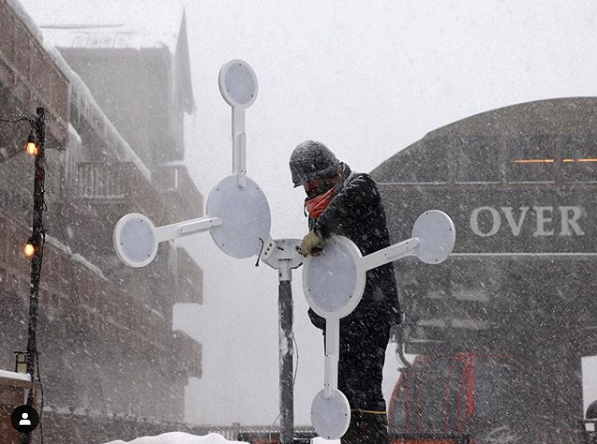
Photo credit: Spruce Peak Lodge Michael’s work spans art and science with an emphasis on interactive and useful structures and public art. He first ventured into designing products with his project Eclipse Survey, 100 pairs of eclipse viewfinder glasses that he designed and produced for the Gibbes museum of art in Charleston, South Carolina.

Photo credit: Up End This 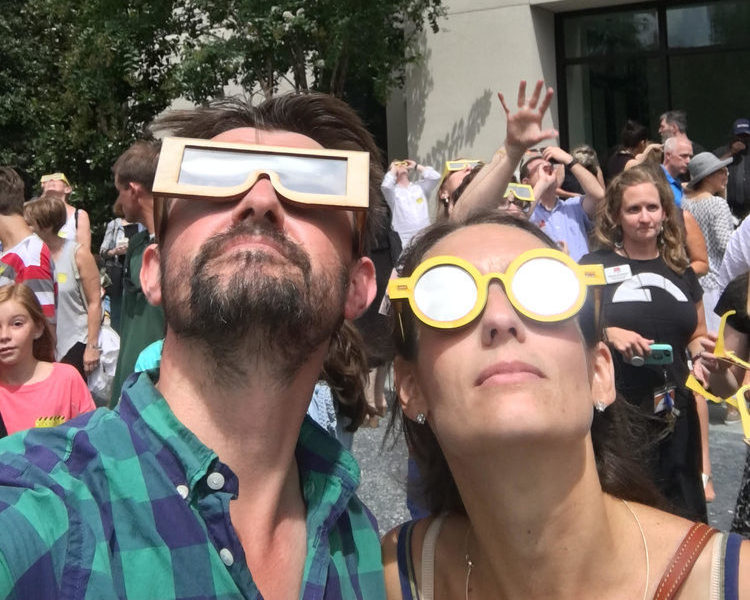
Photo credit: Up End This Michael plans to use his 2-month residency at Generator to dive deeper into the product design process.
His goal? To build the first full scale prototype of one of his “satellites,” a mobile and dynamic architectural structure.
Michael asserts that the satellite isn’t like a tiny house. “It’s more in line with an inspired by the motor vehicle,” he said. He aims to make his beautiful and simple satellites DOT approved so they can be transported, and to add casters on the bottom that will allow them to spin in their locations so they take advantage of sun, shade, or different views. This will also help maximize the satellite’s solar power potential.
While it’s easy to picture the satellite as a mobile living space, Michael can also see them being cafes, shops, and meeting places. He’s curious to see what uses people may have for the structures and to develop a business that serve’s peoples’ needs.
Michael prefers basswood and foam board to 3D modeling programs, and we’re enjoying watching his colorful studio space pile up with different models. He plans build the first satellite over the next two months behind Generator. He’ll spend time in the wood shop with the CNC router which he’ll use to develop a radiant floor heating system. Michael also plans to use the plasma cutter and the electronics lab for outfitting the satellite with mechanical and electrical elements.
Want to follow Michael’s residency? Subscribe to our newsletter and follow us on Instagram at @generatorvt.
-
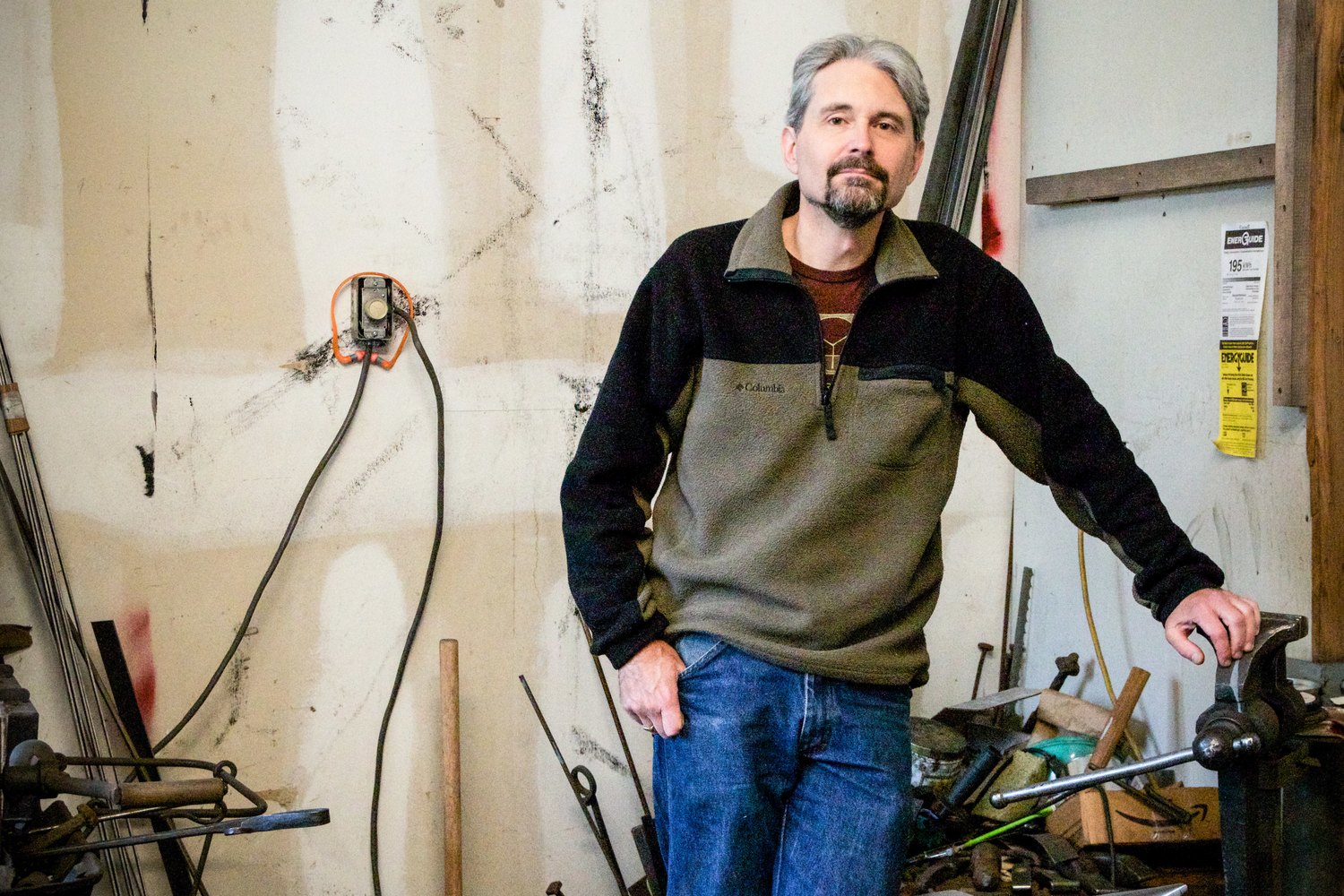
Maker in Residence: Hilton Dier III
Our November/December Maker In Residence is Hilton Dier III, a renewable energy expert and designer (and man of many talents and areas of work), who had this to say about his project:
“The birth of this idea came during the Fukushima nuclear accident in 2011. I was contacted by a friend of a friend who was involved in radiation monitoring in that part of Japan. Their battery powered radiation monitors required Blackhawk helicopter flights (at $$$/hour) to replace batteries and he wanted a ruggedized portable solar power pack that could be deployed by non-expert soldiers. The Japanese government restored power before I had finished the design but the idea stayed with me. I have designed and prototyped a similar system for powering a network of medical clinic communication nodes in Malawi. I’d like to fabricate a working prototype of a single-person portable, rugged solar power pack. My rough estimate is that the major electrical parts (PV module, charge controller, inverter, battery) would cost around $450. There would be incidental costs for connectors, wire, adhesives, and similar supplies. The finished device would produce 12 volt DC and 120 volt AC power.”
We’re looking forward to sharing more about what Hilton accomplished at Generator during his residency. If you’d like to hear more about Hilton, his work, and our Maker In Residence opportunities, sign up for our newsletter.
